Agriculture & Palm

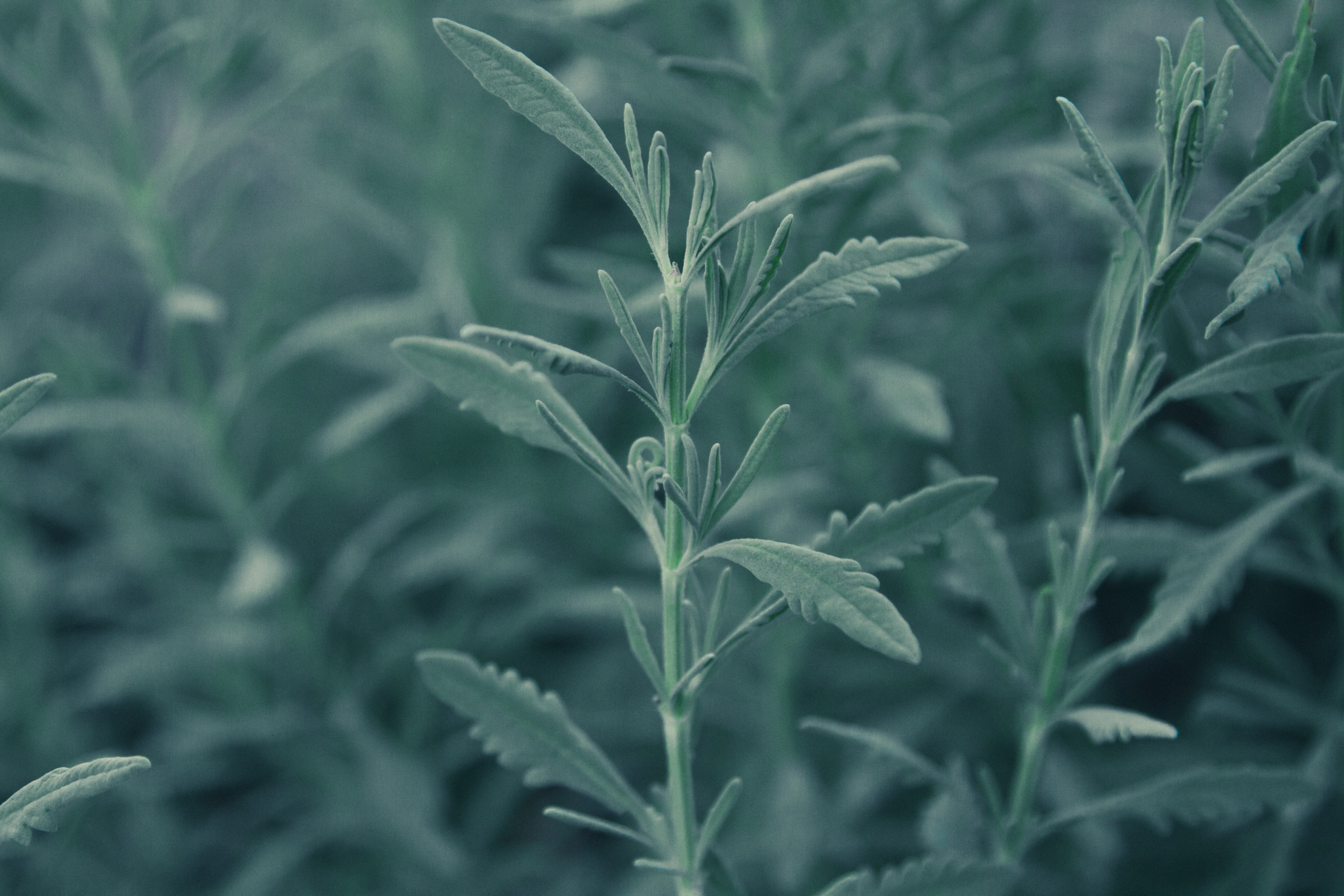
Sage
November - December
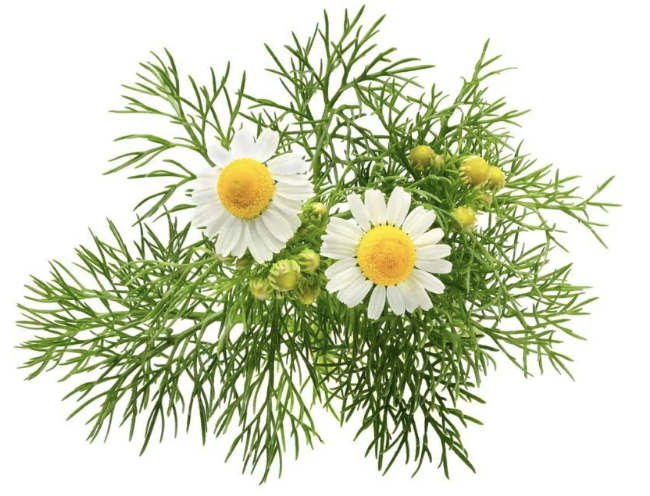
Chamomile
November - December

Safflower
November - December
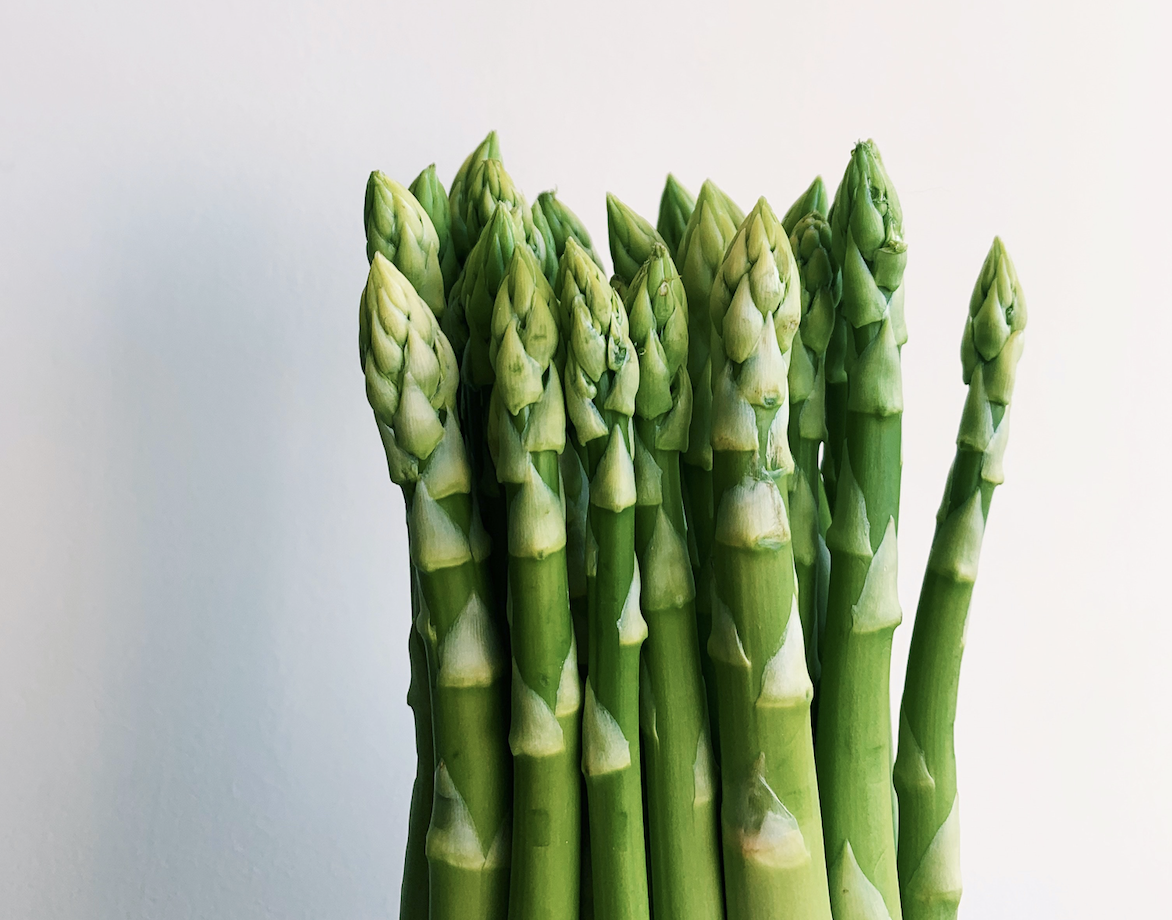
Asparagus
February - March
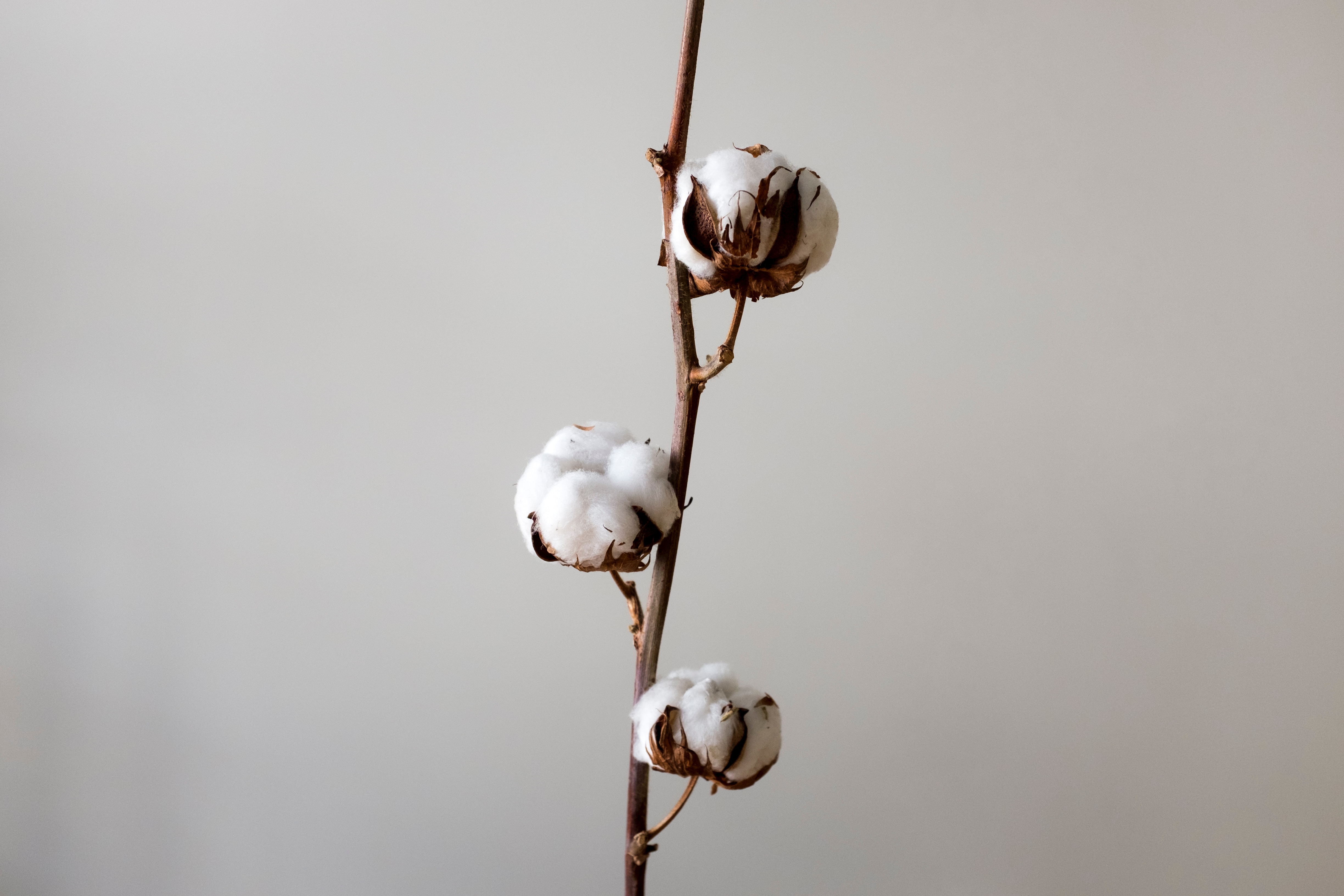
Cotton
February - March

Jute mallow leave
February - March - April

Peanuts
February - March
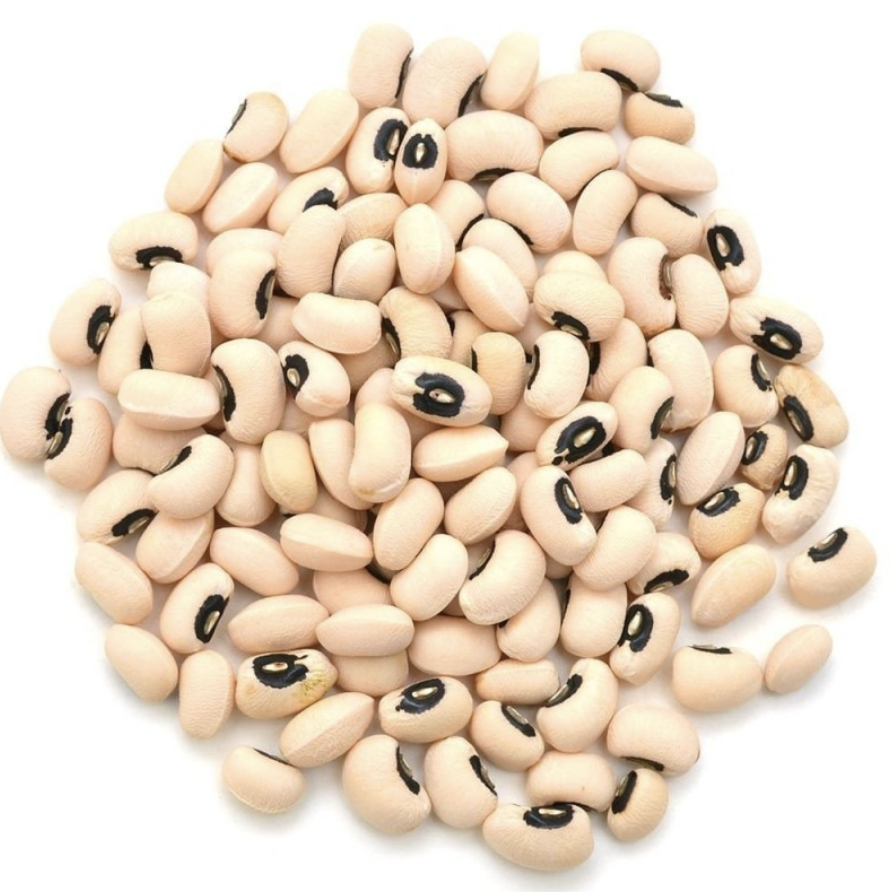
Cowpea
February - March
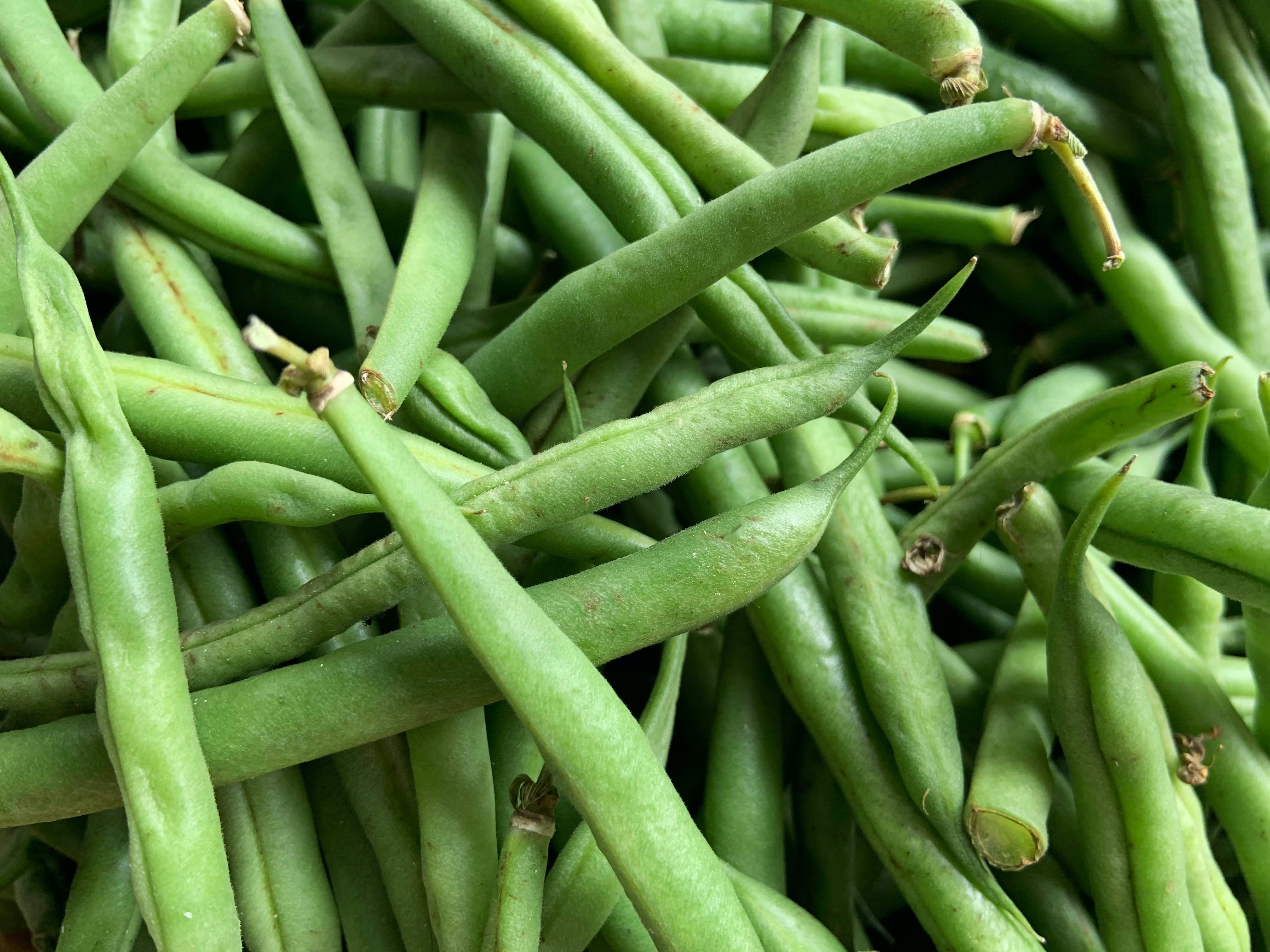
Green beans
February - March
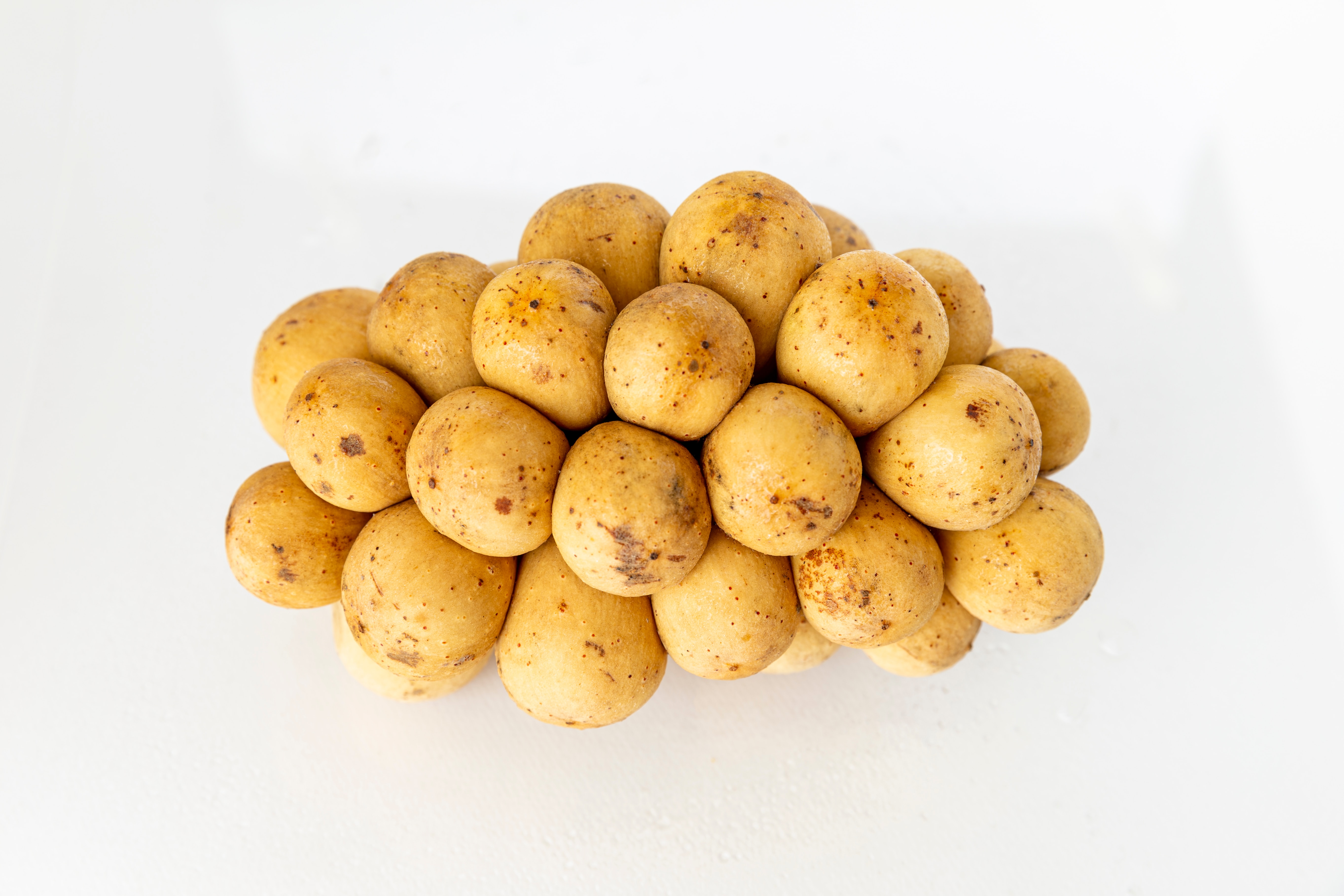
Potato
November - December

Alfalfa
February - March - April
- October - November
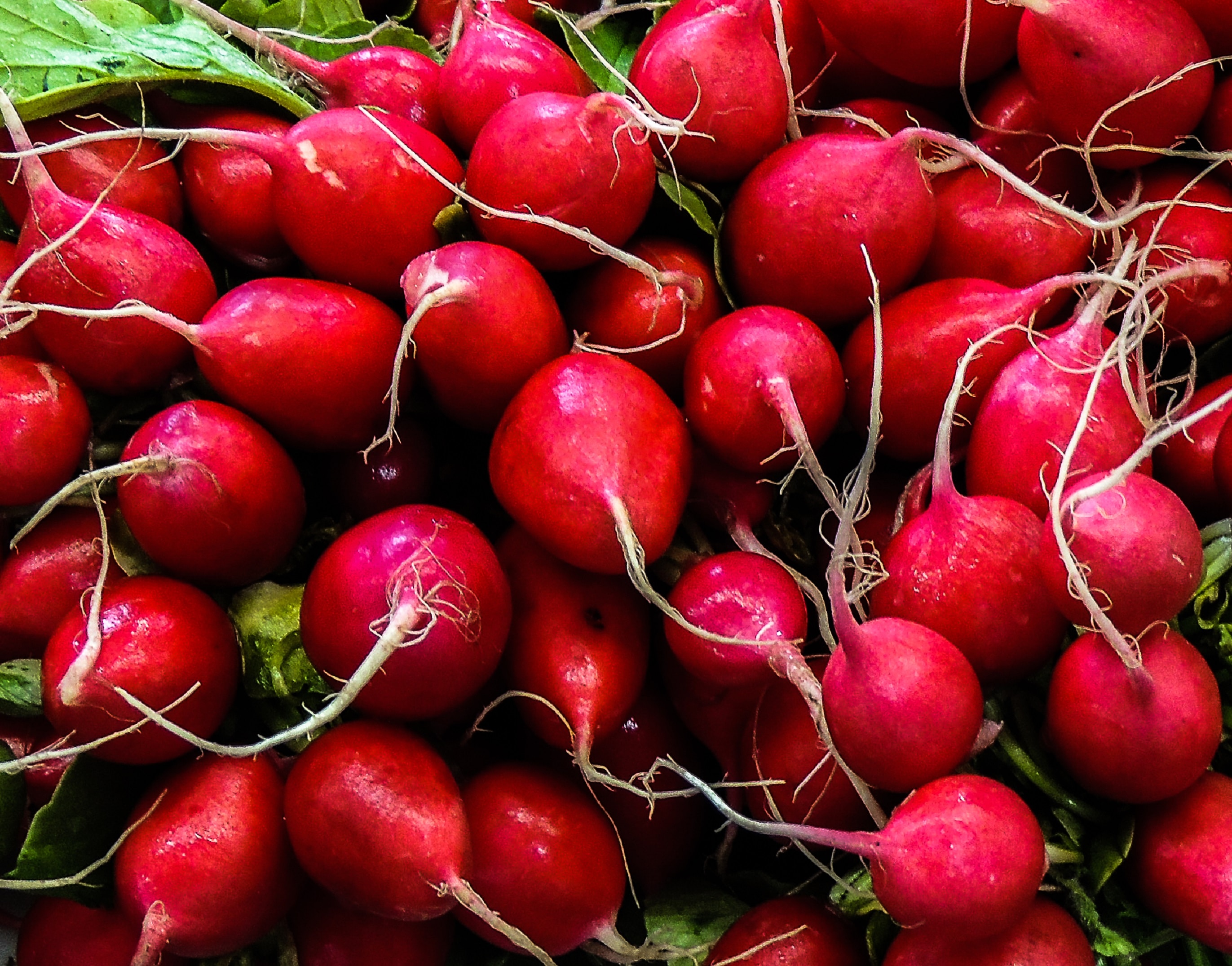
Radish
January - February - March
- April - September - October
- November
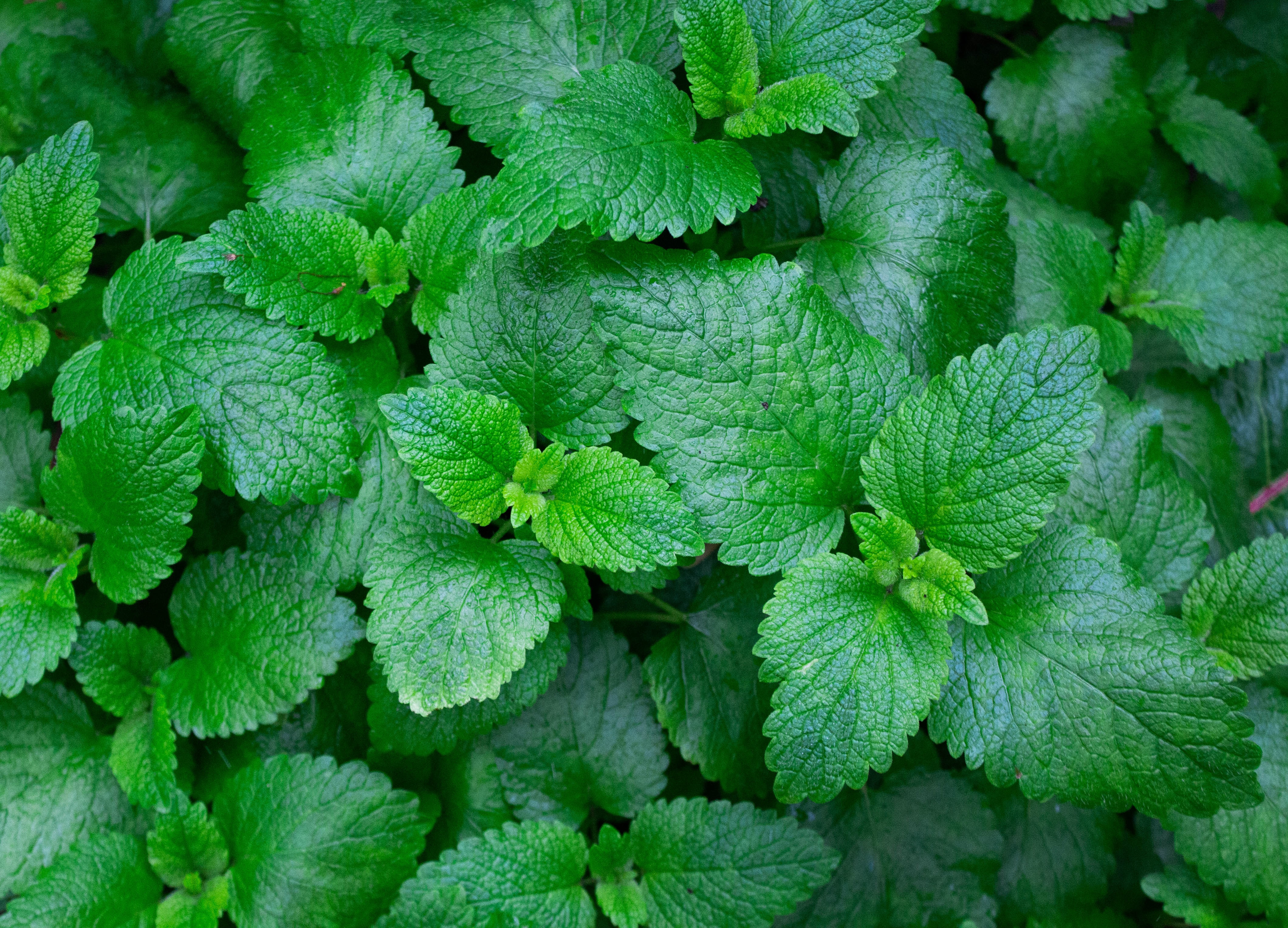
Mint
February - March - April
- October - November

Sweet potato
February - March - April
- September - October
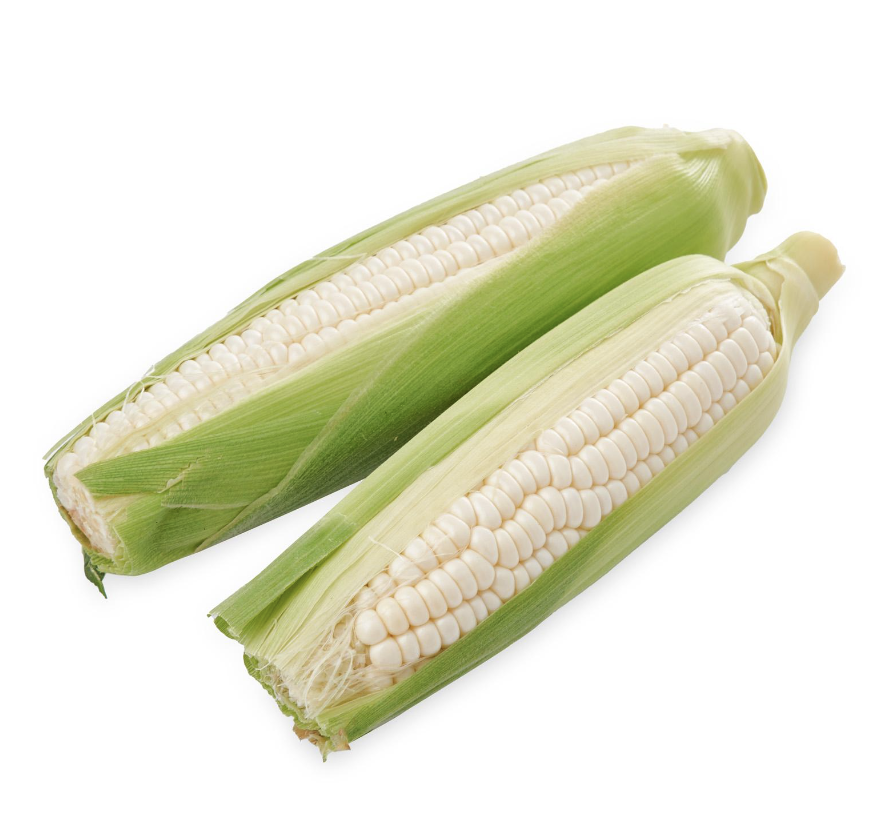
White corn
February - March - September
- October

Yellow corn
February - August - September
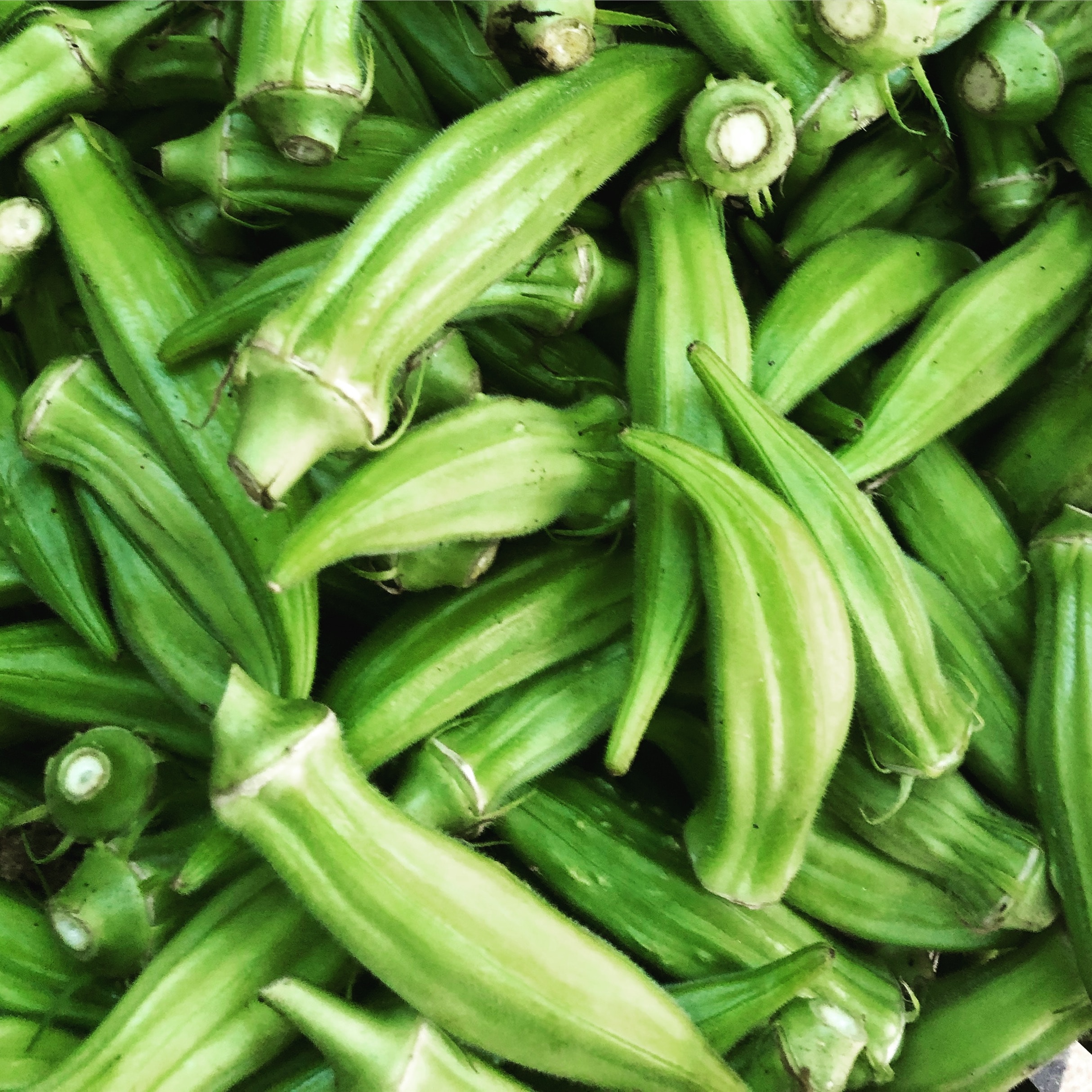
Okra
February - March - August
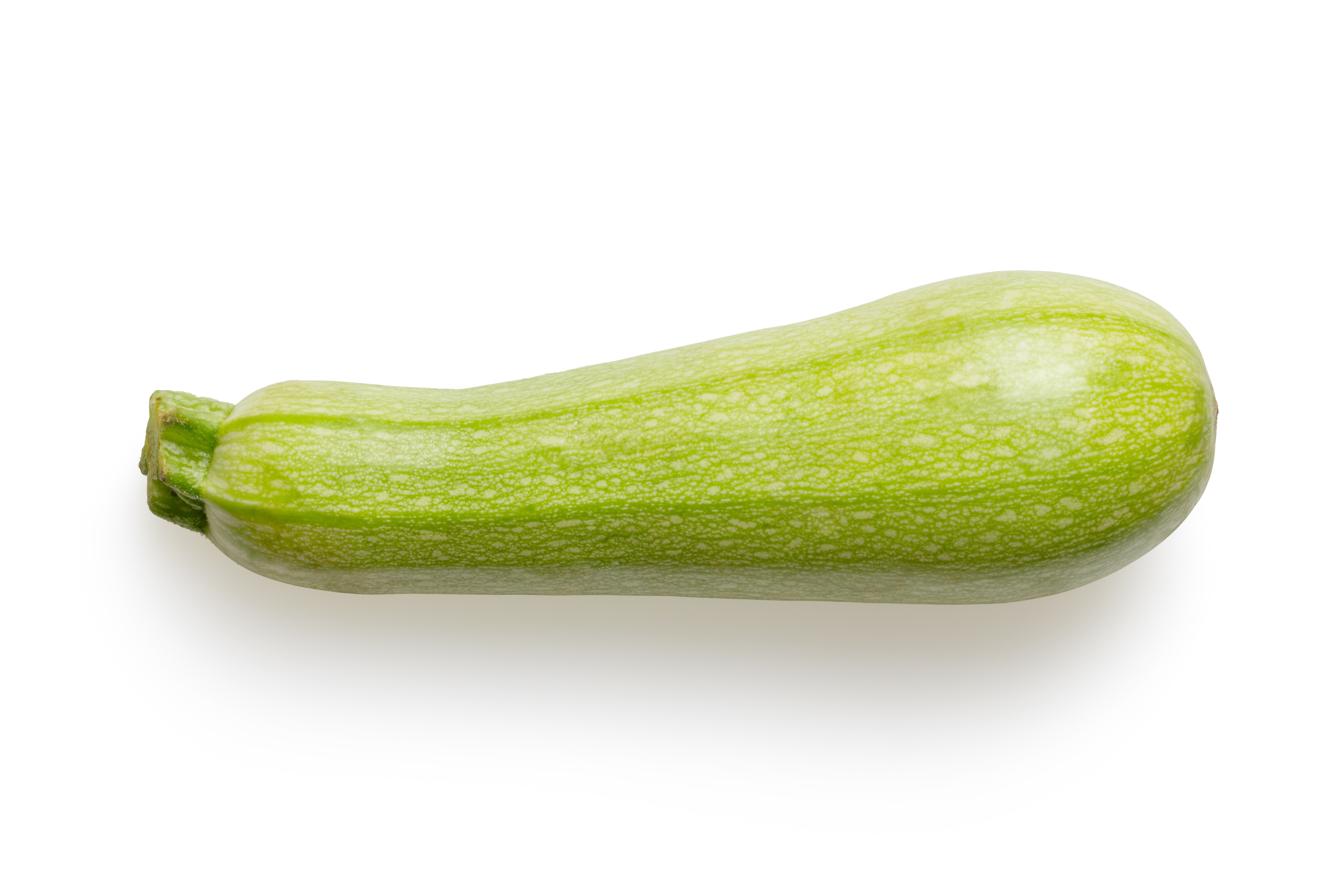
Zucchini
February - March - August
- September
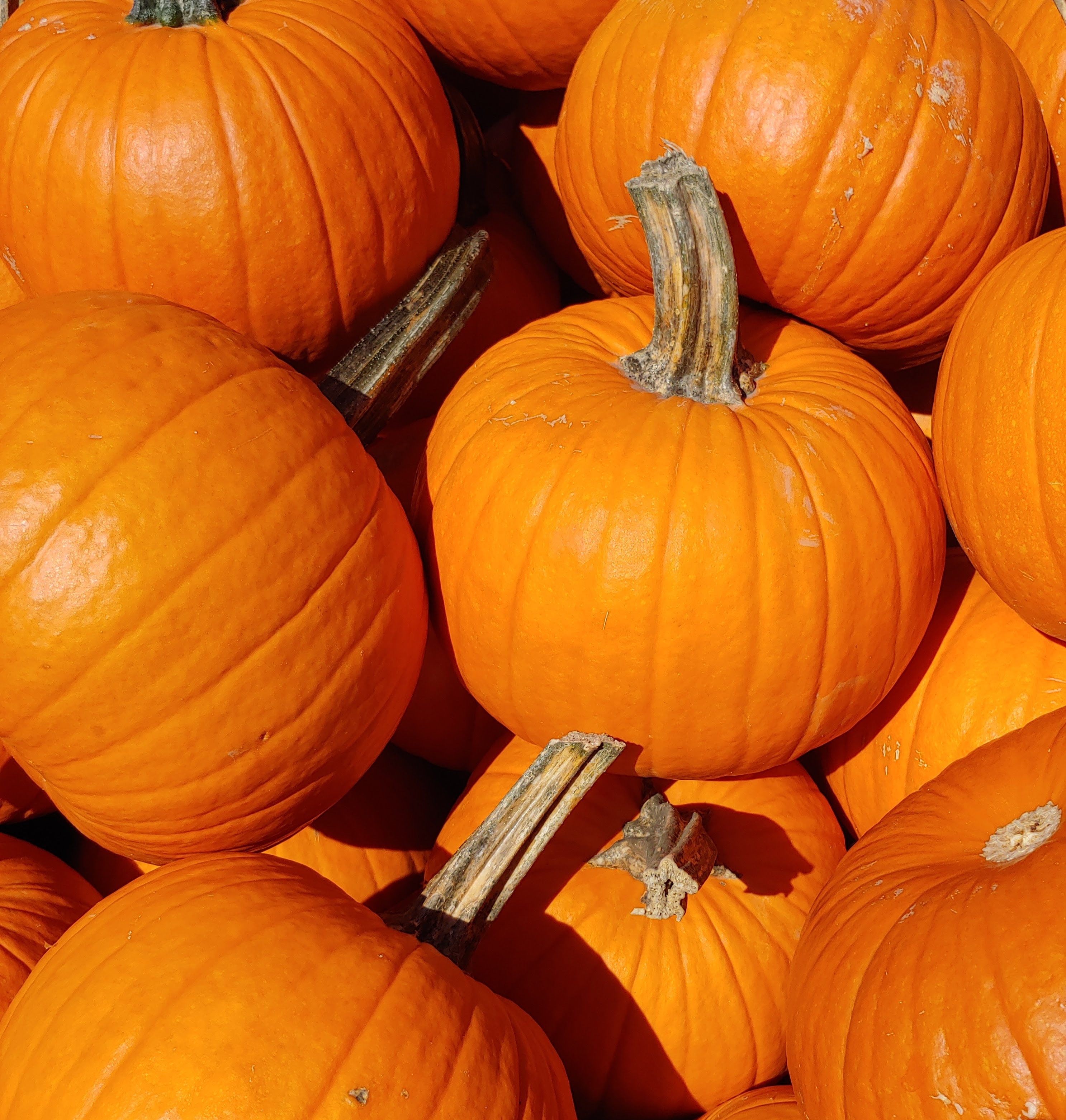
Pumpkin
August

Cucumber Sweet Armenian
February - March - July
- August
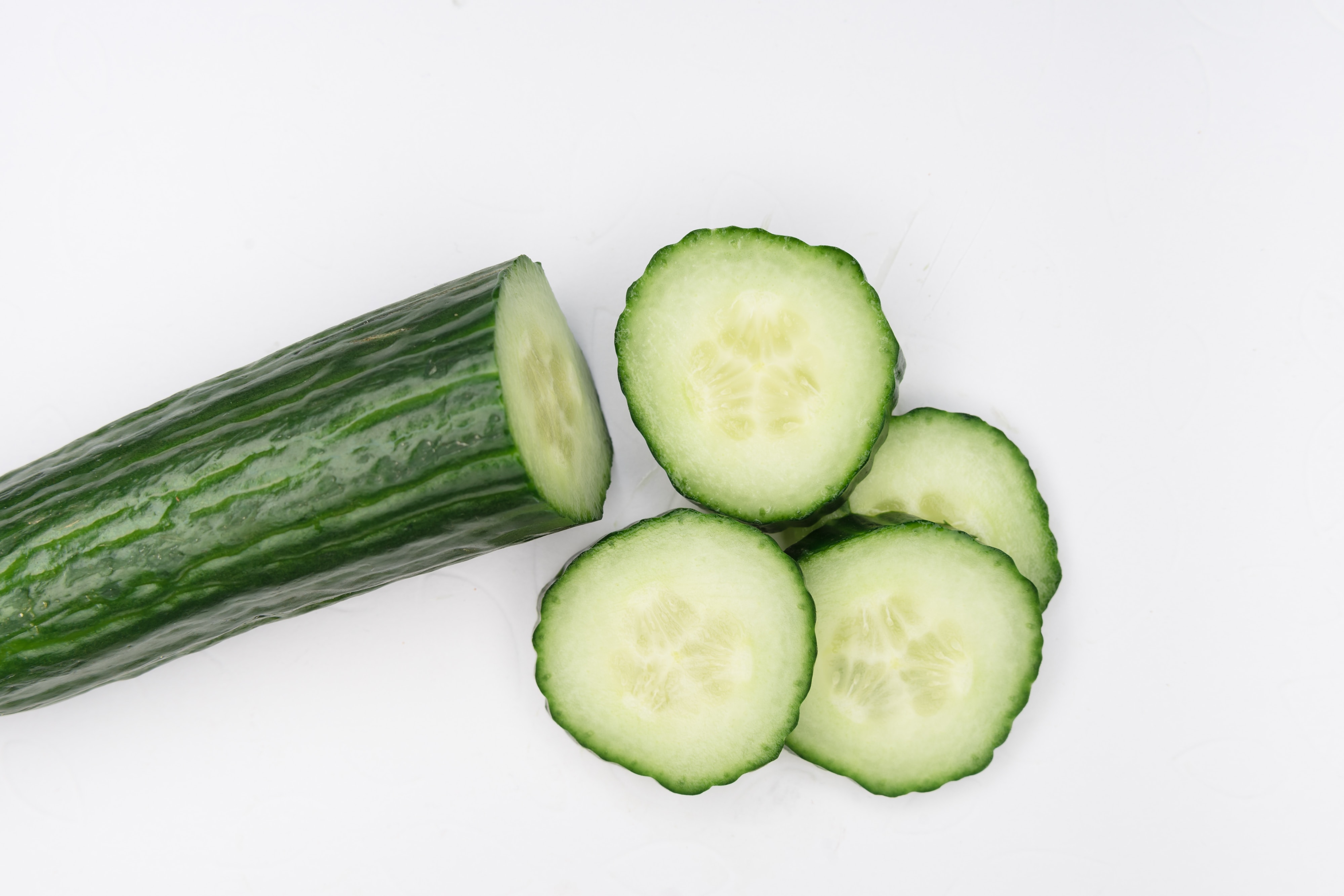
Cucumber
February - March - July
- August
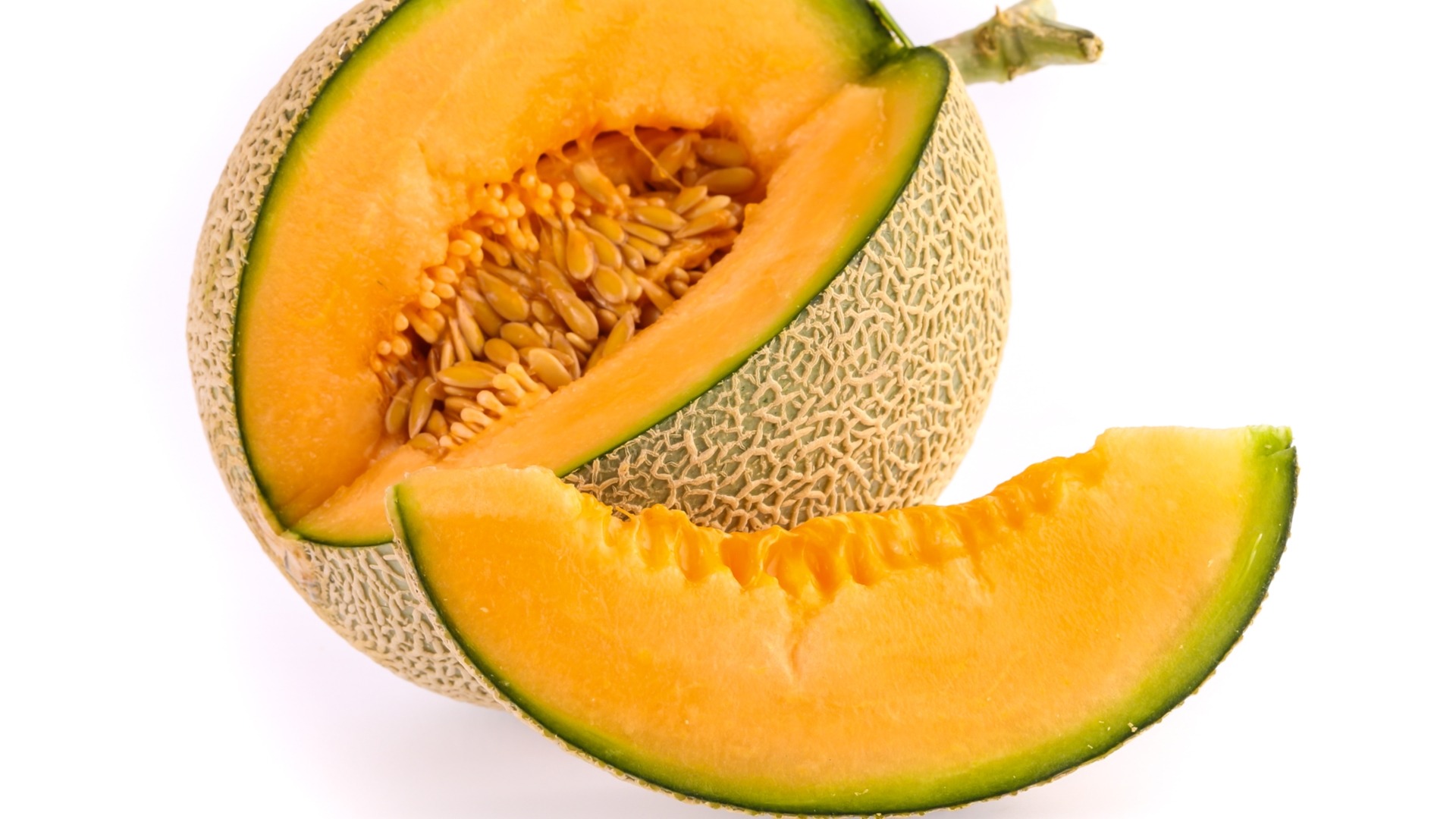
Cantaloupe
February - March - July
- August
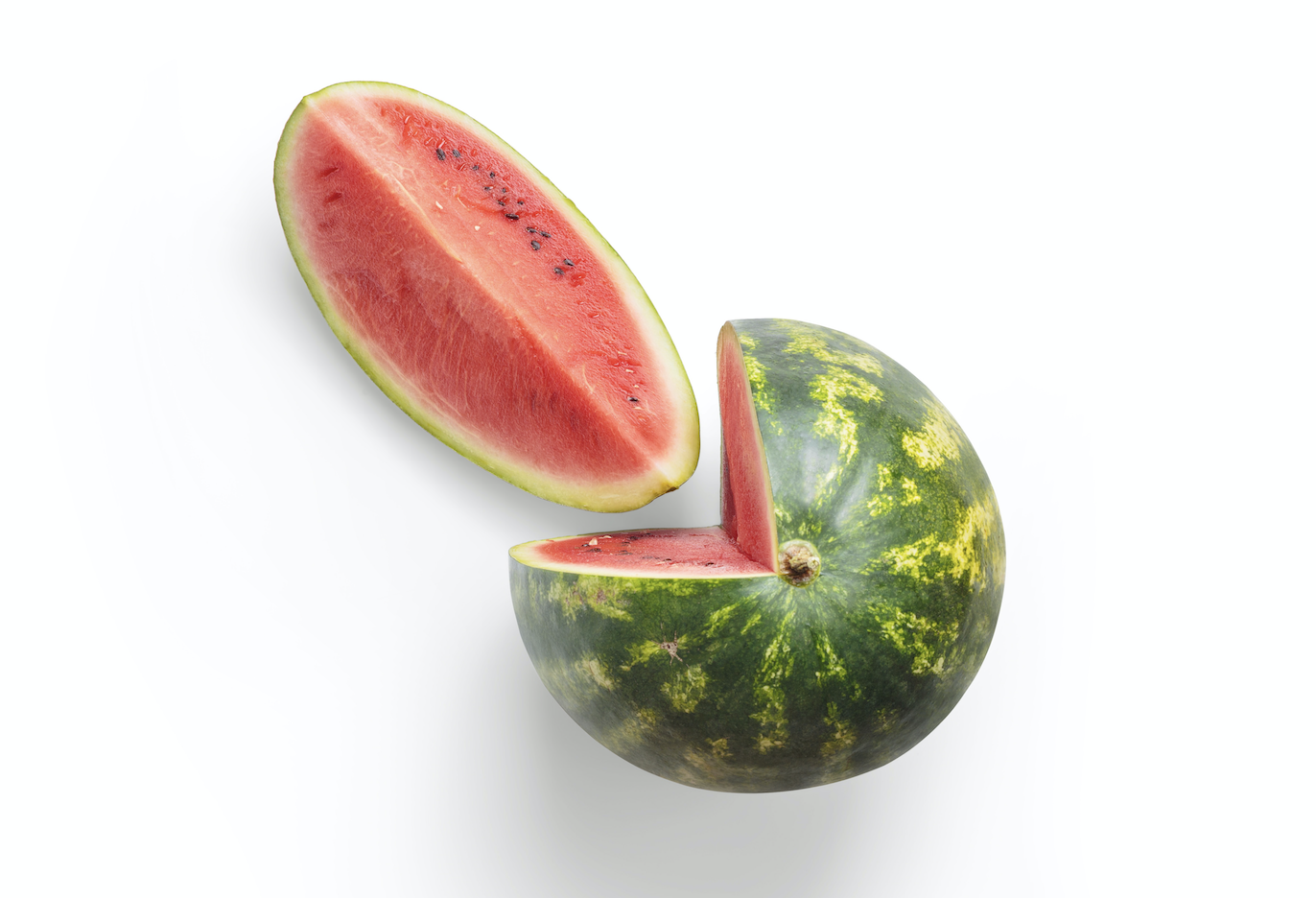
Watermelon
February - March - July
- August
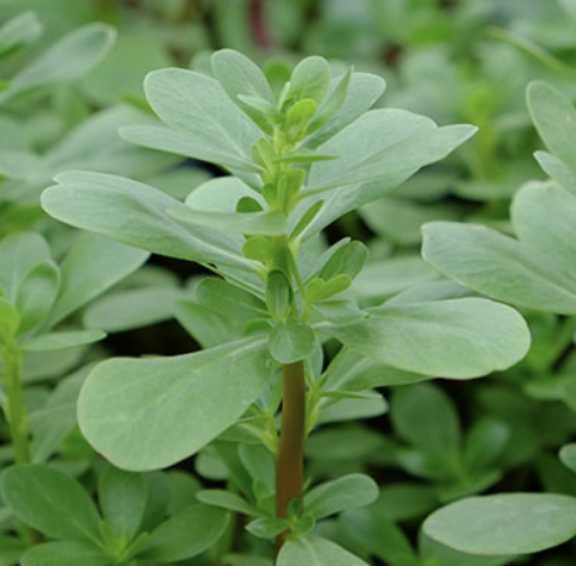
Purslane
March - April - May
- June

Strawberry
October
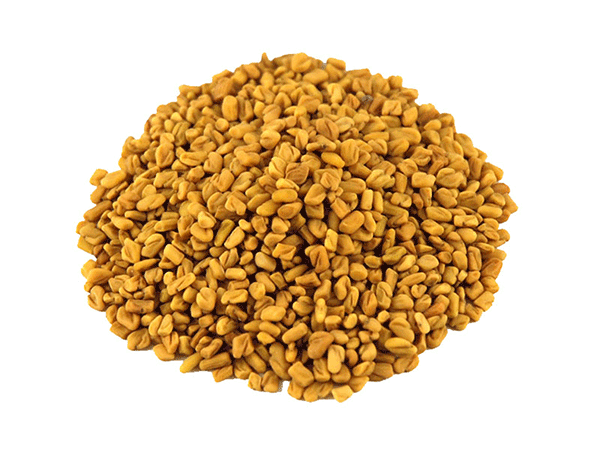
Fenugreek seed
November - December
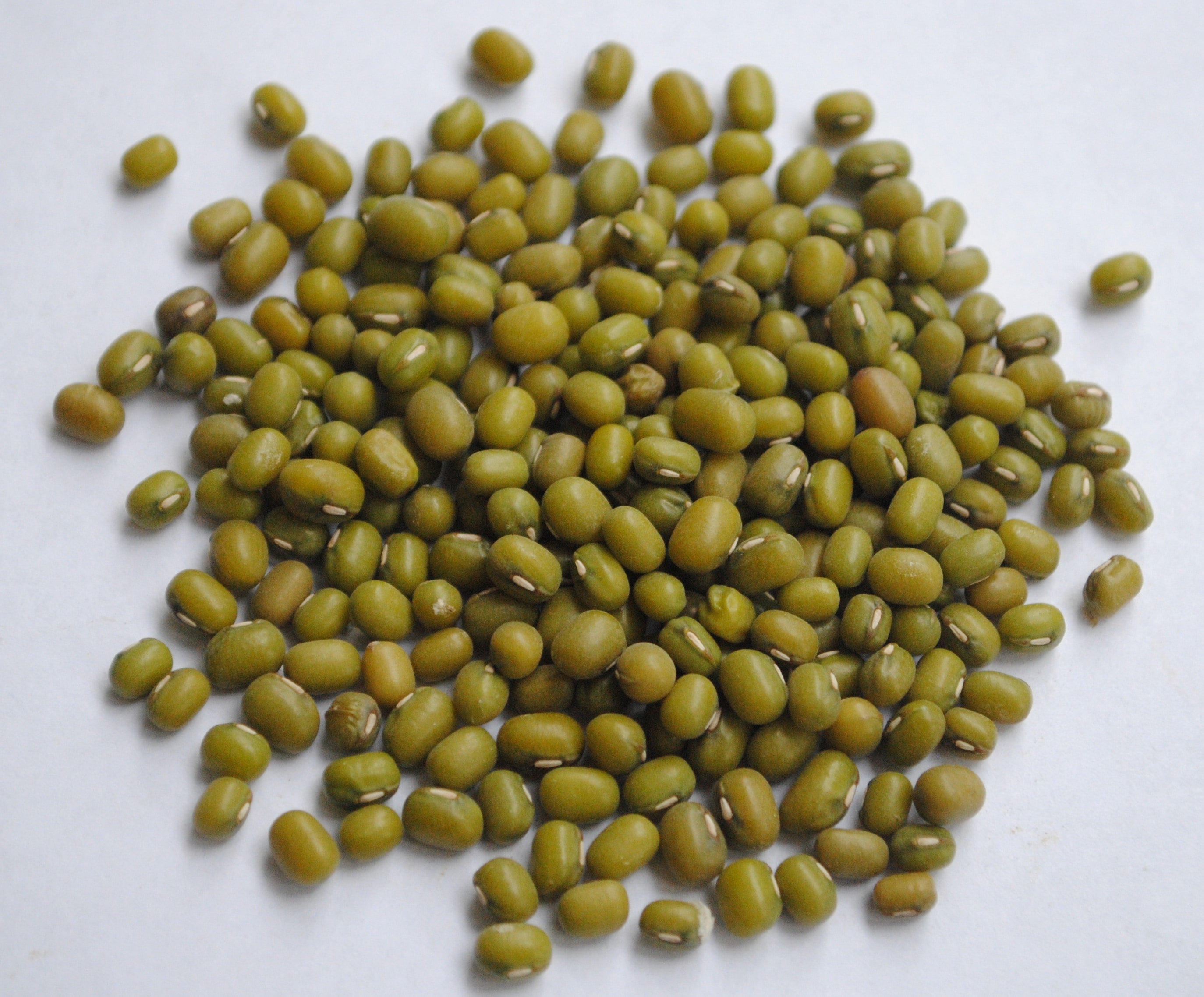
Mung beans
November
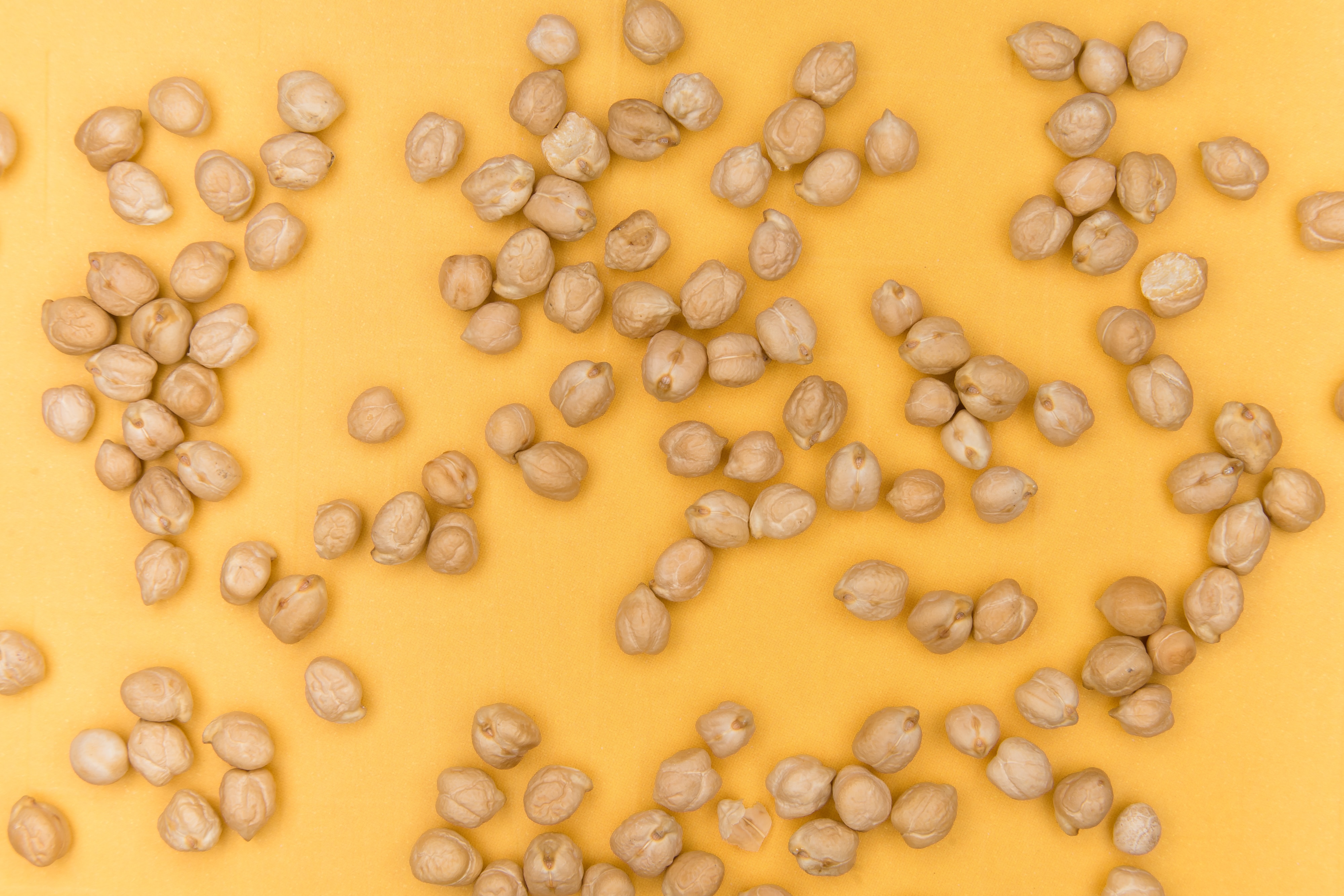
Chickpeas
November

Sugar cane
November - December
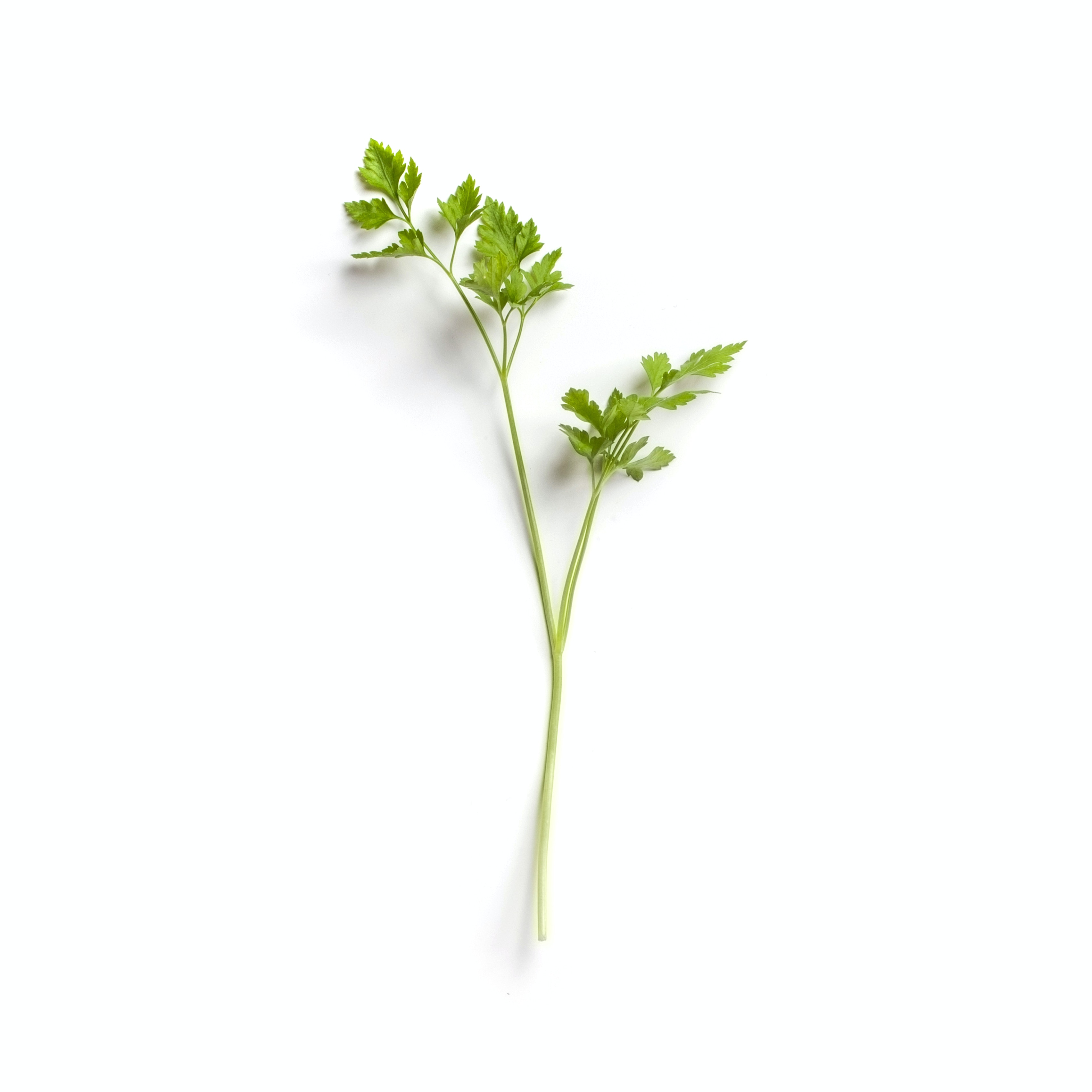
Parsley
February

Broom corn
January - September - October
- November - December

Barley
October - November
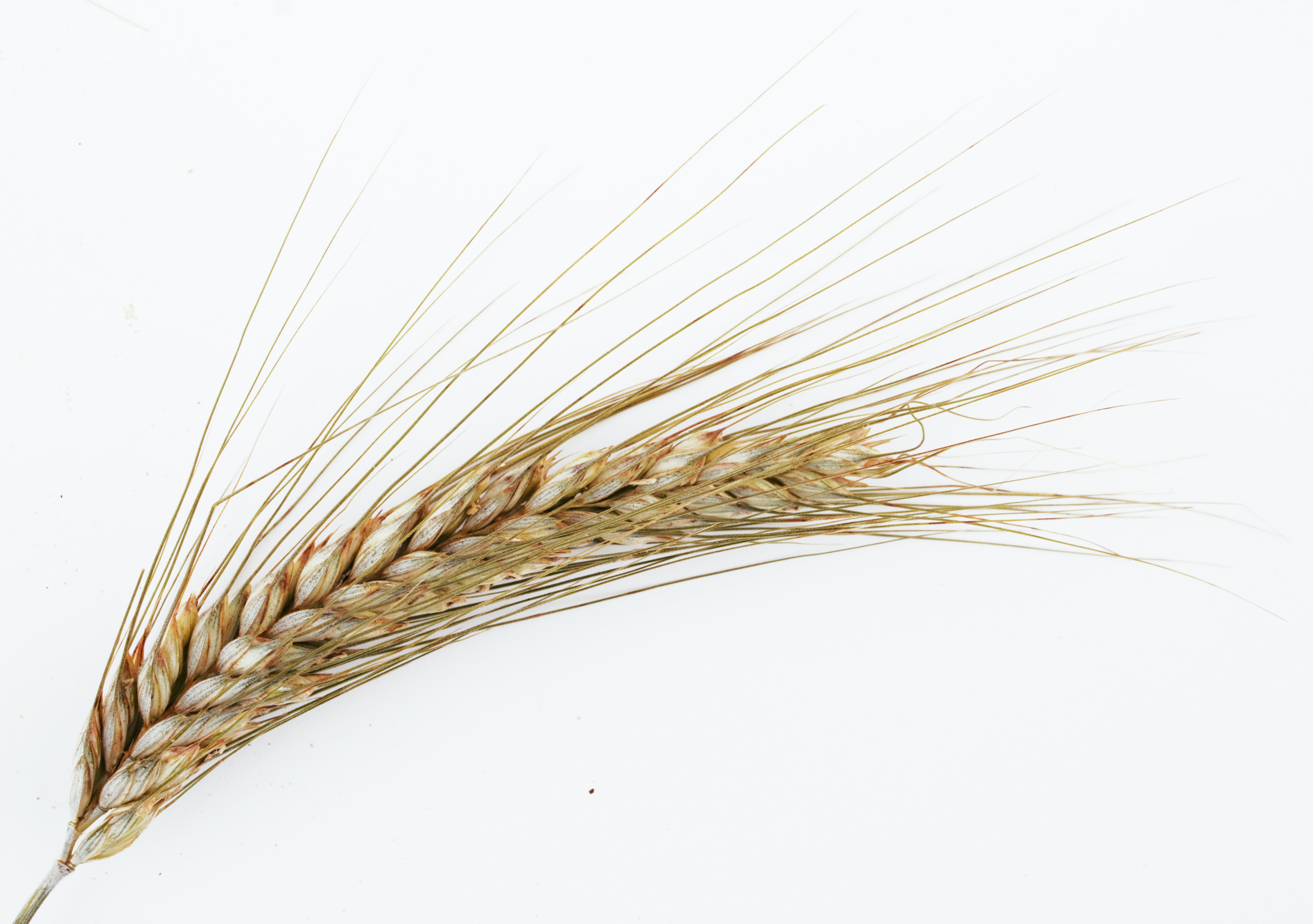
Wheat
October - November
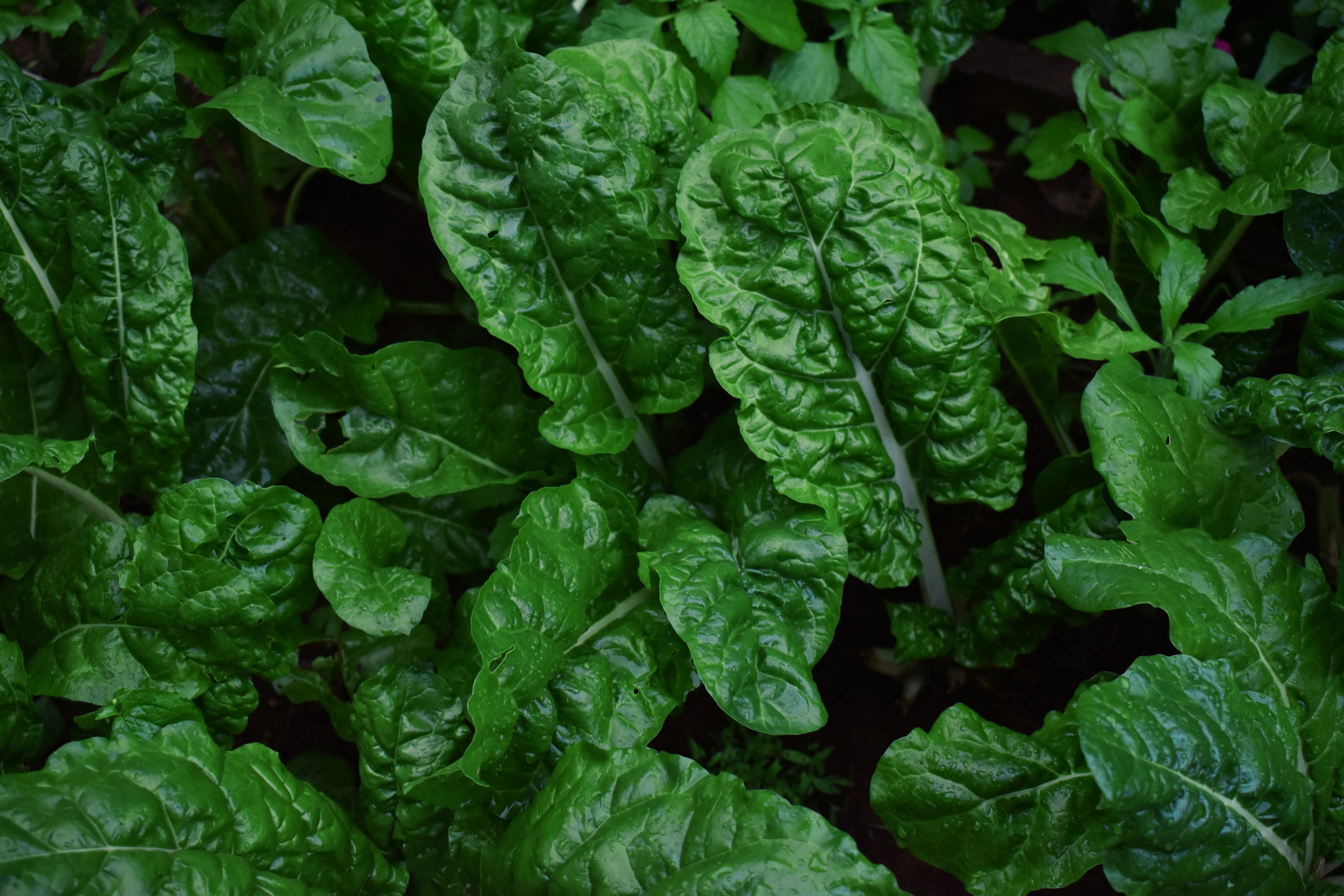
Spinach
October - November
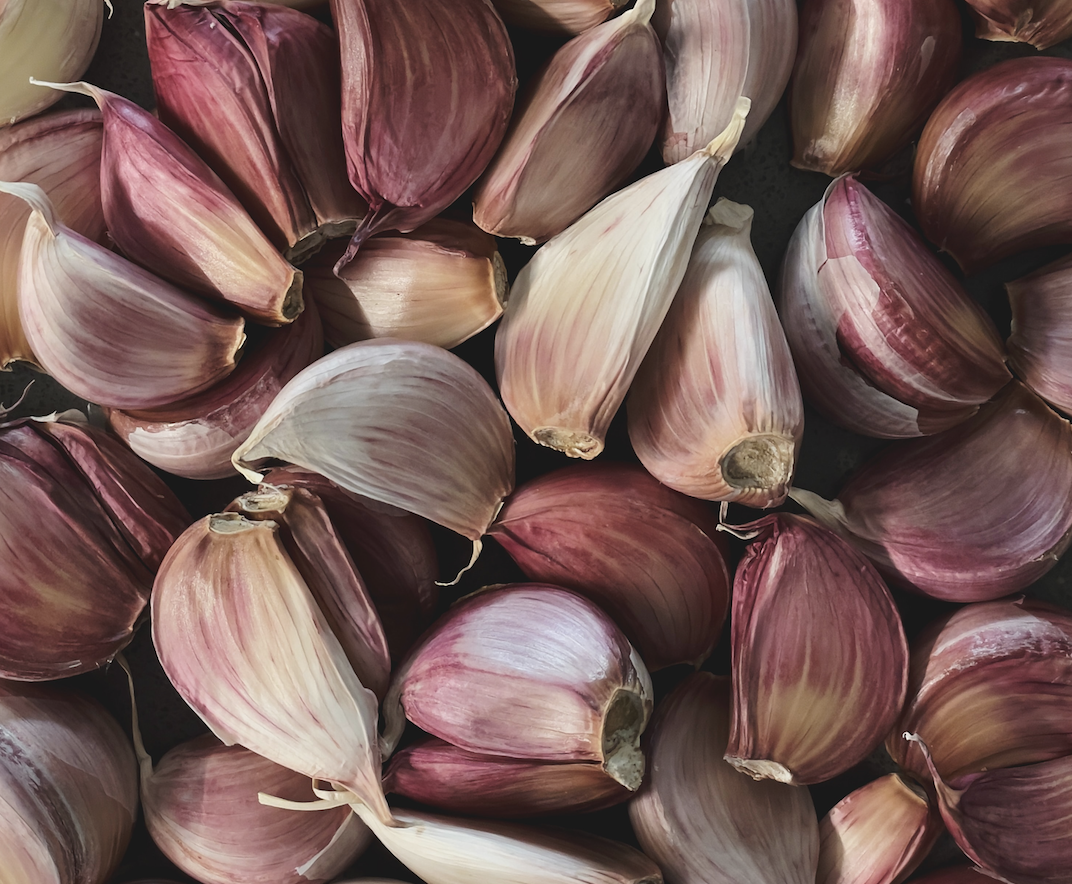
Garlic
October - November

Coriander
October - November - December

Celery
October - November
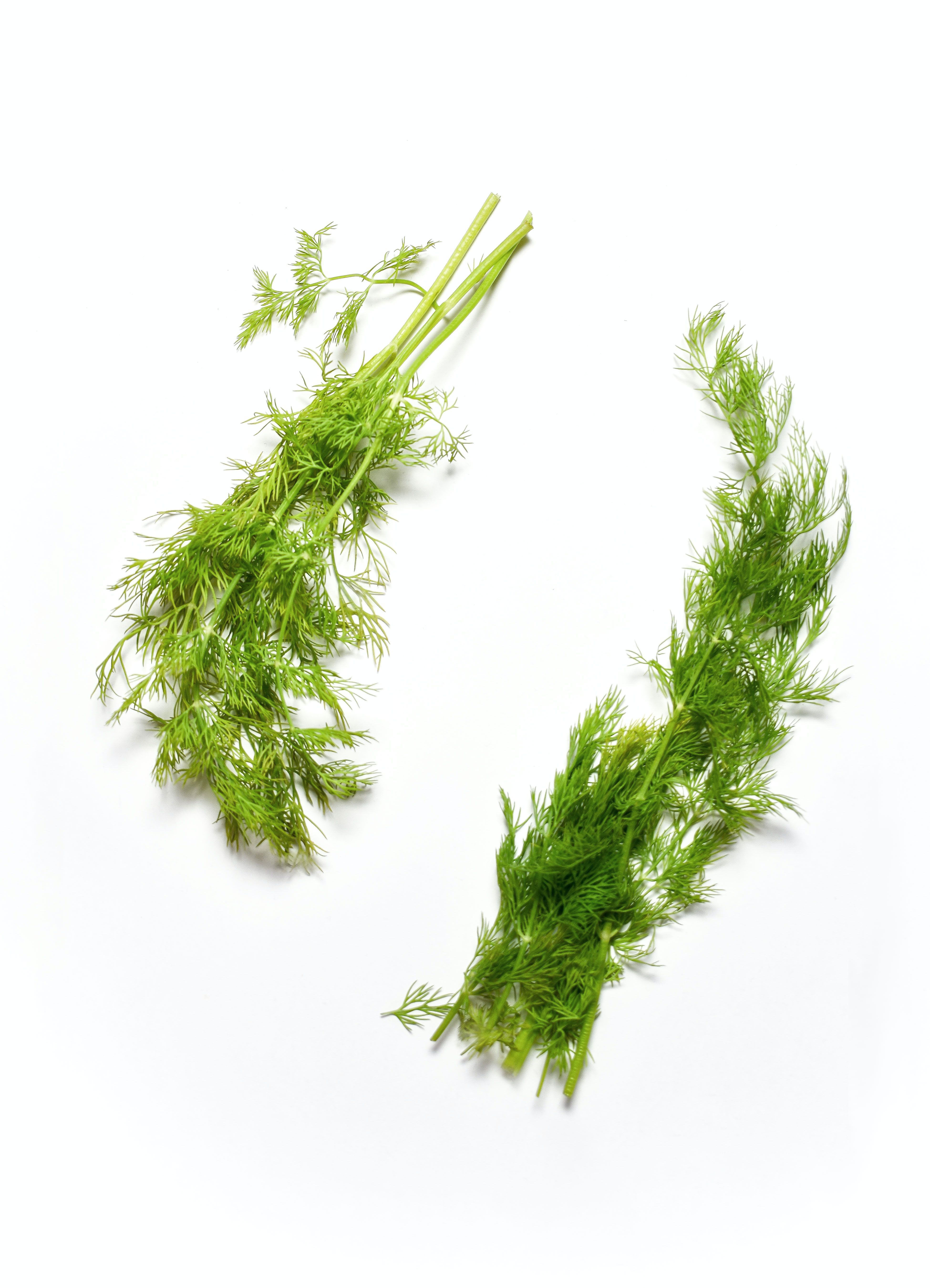
Dill
October - November

Carrots
October - November

Anise
October
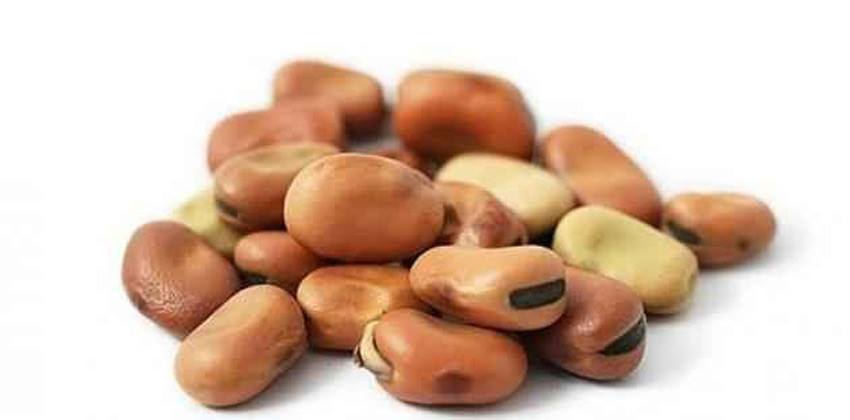
Beans
October - November
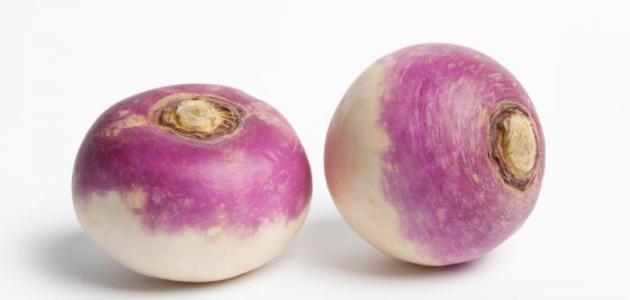
Turnip
October - November

Peas
October - November

Arugula
September - October - November

Leeks
September - October - November

Chard
September - October - November
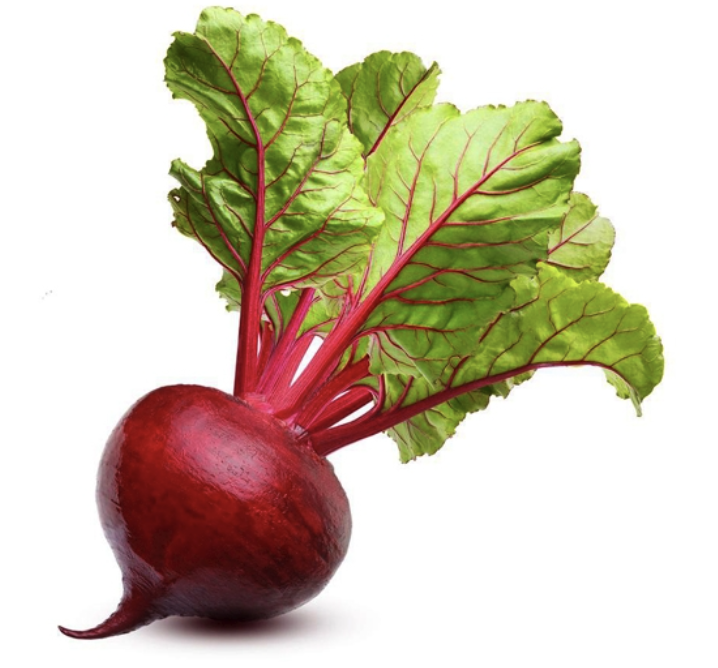
Beetroot
September - October - November
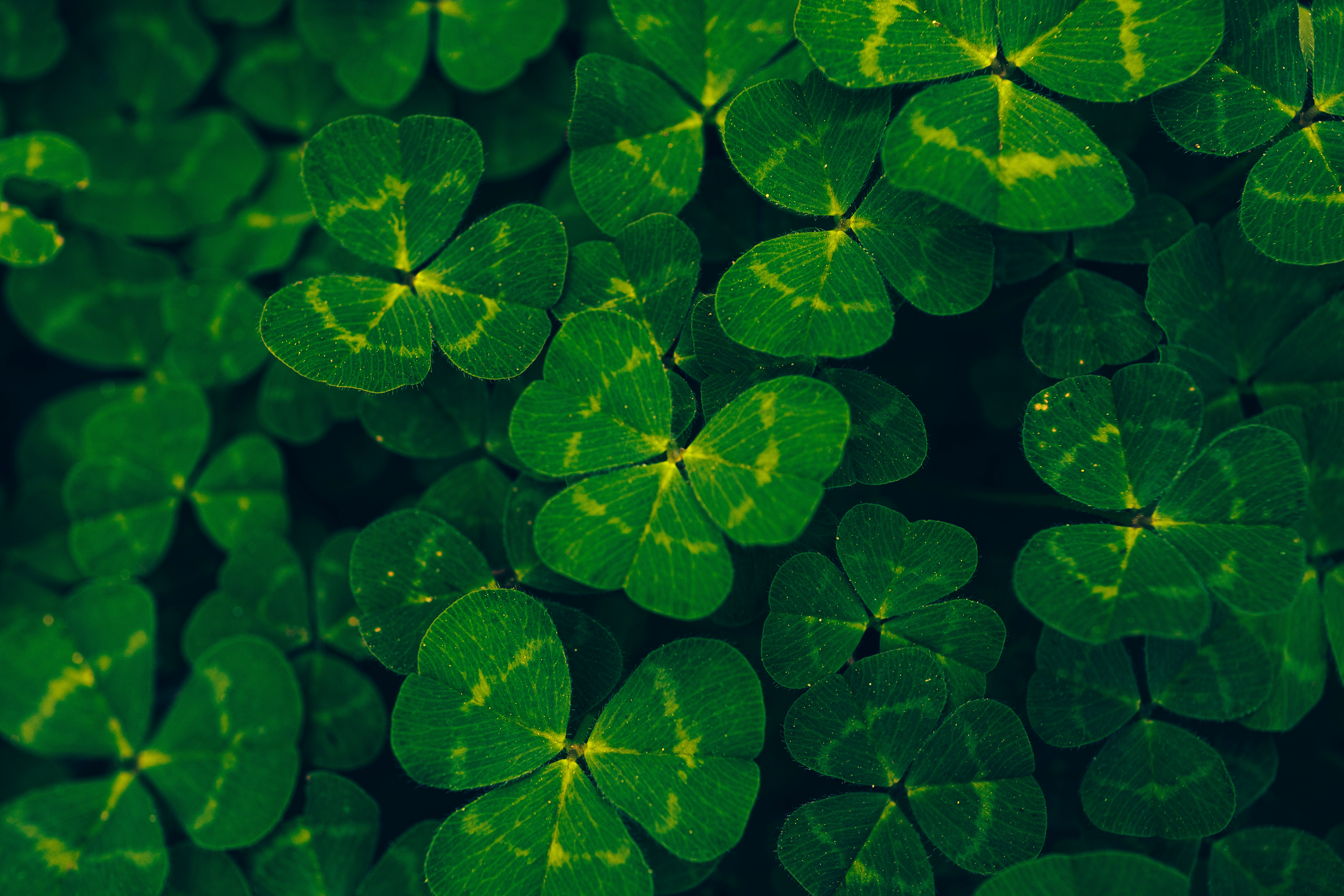
Clover
September - October
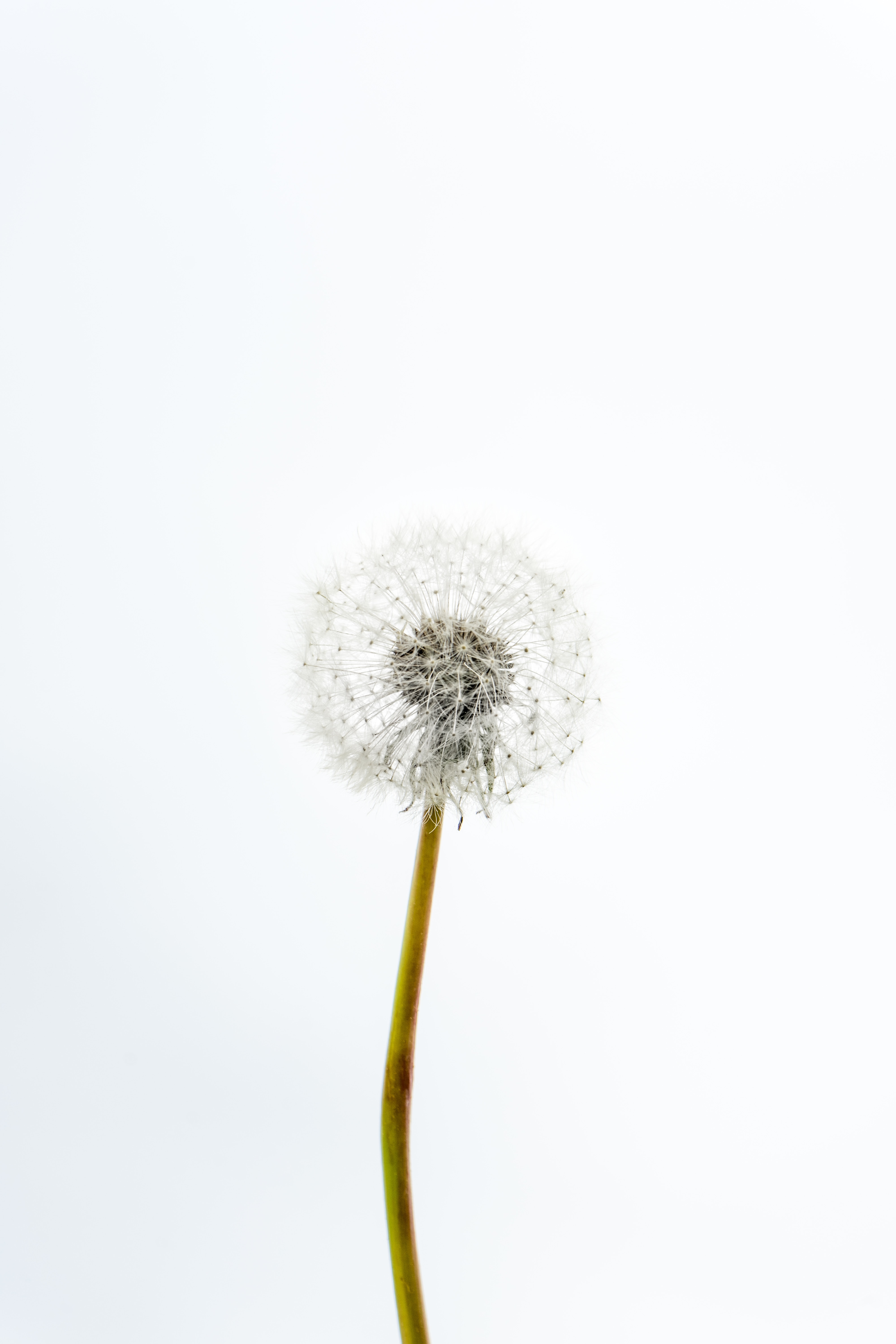
Dandelion
October - November

Lettuce
October - November
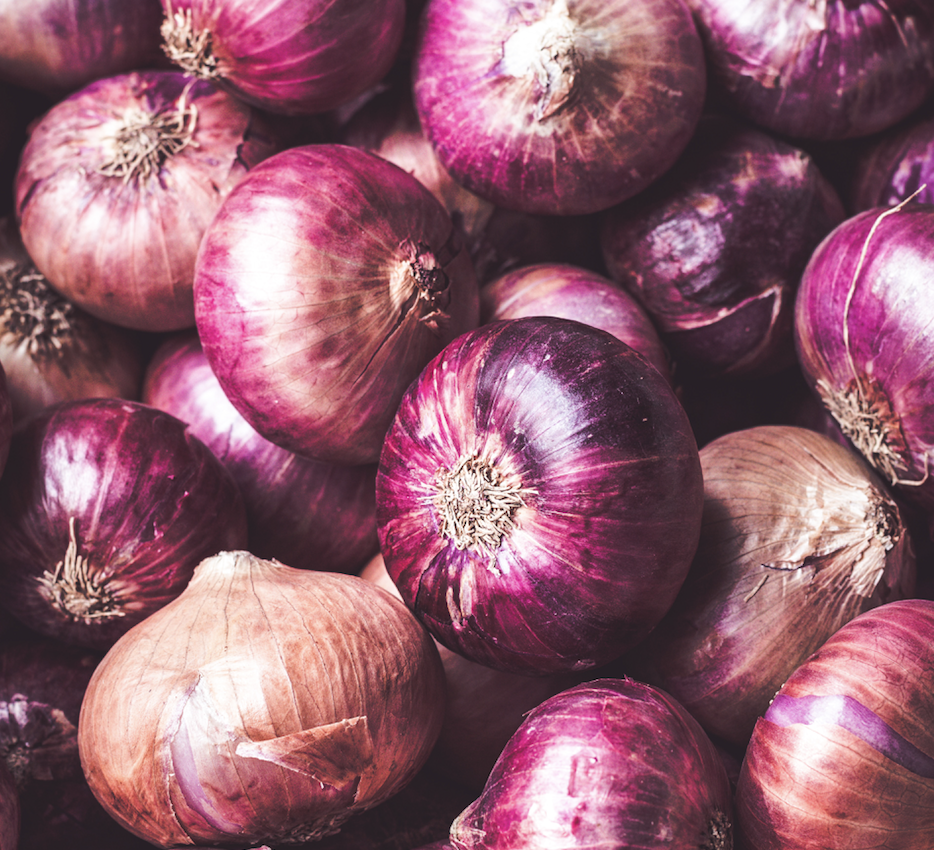
Onion
September - October - November

Wild Cabbage
September - October - November
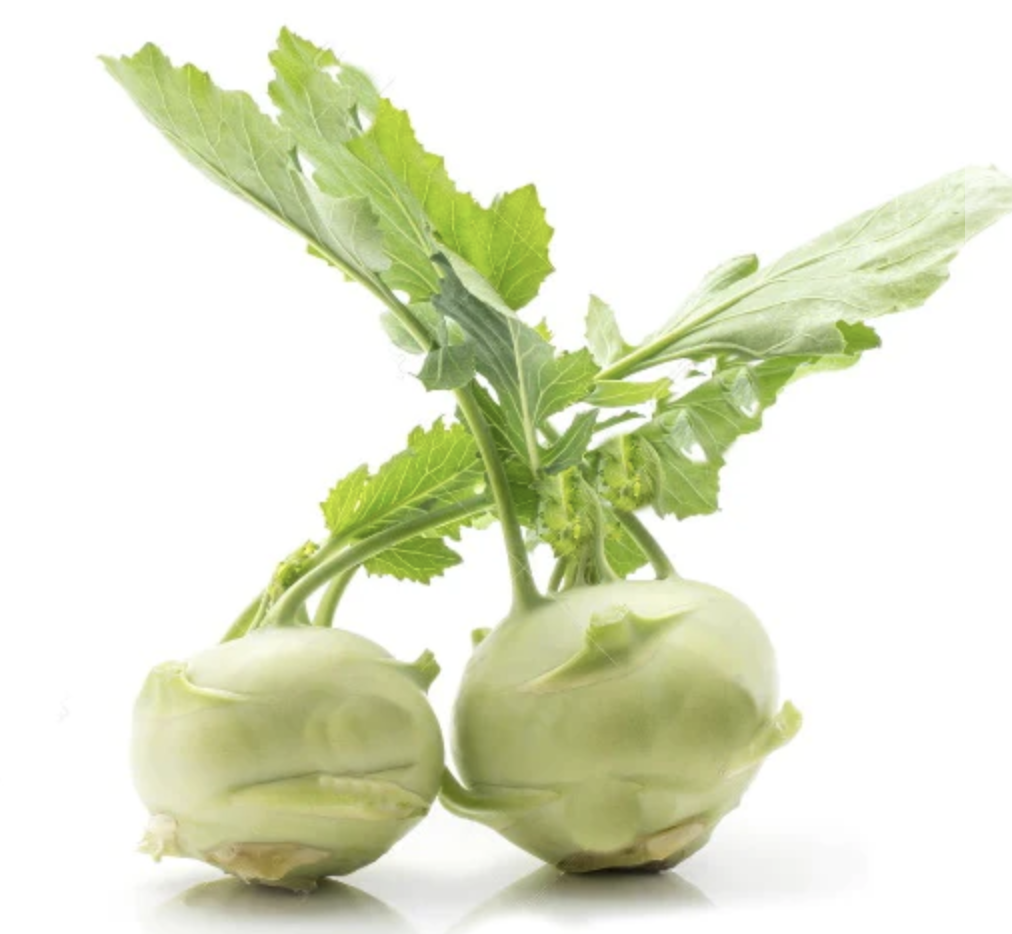
Kohlrabi
September - October - November
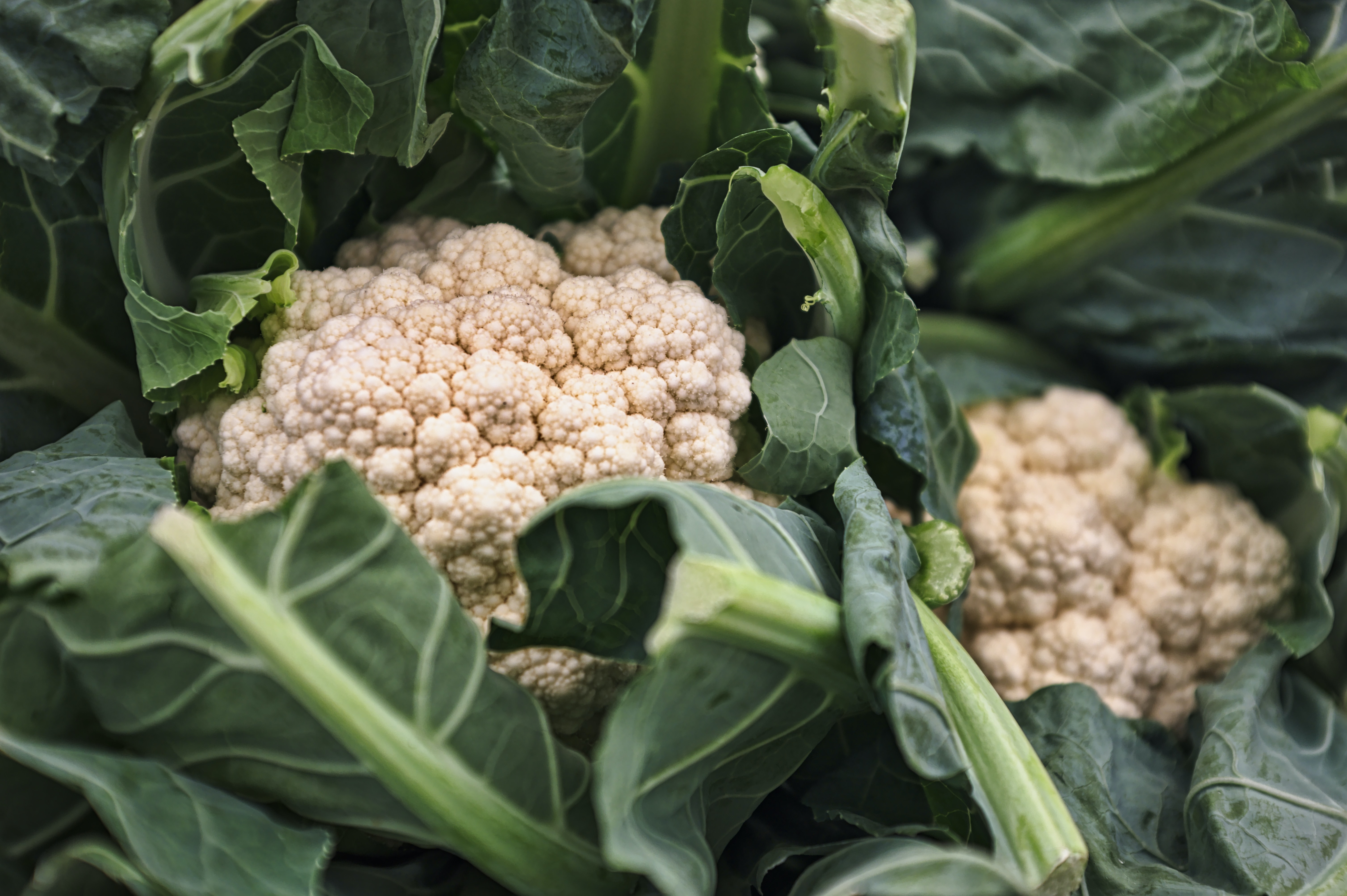
Cauliflower
September - October
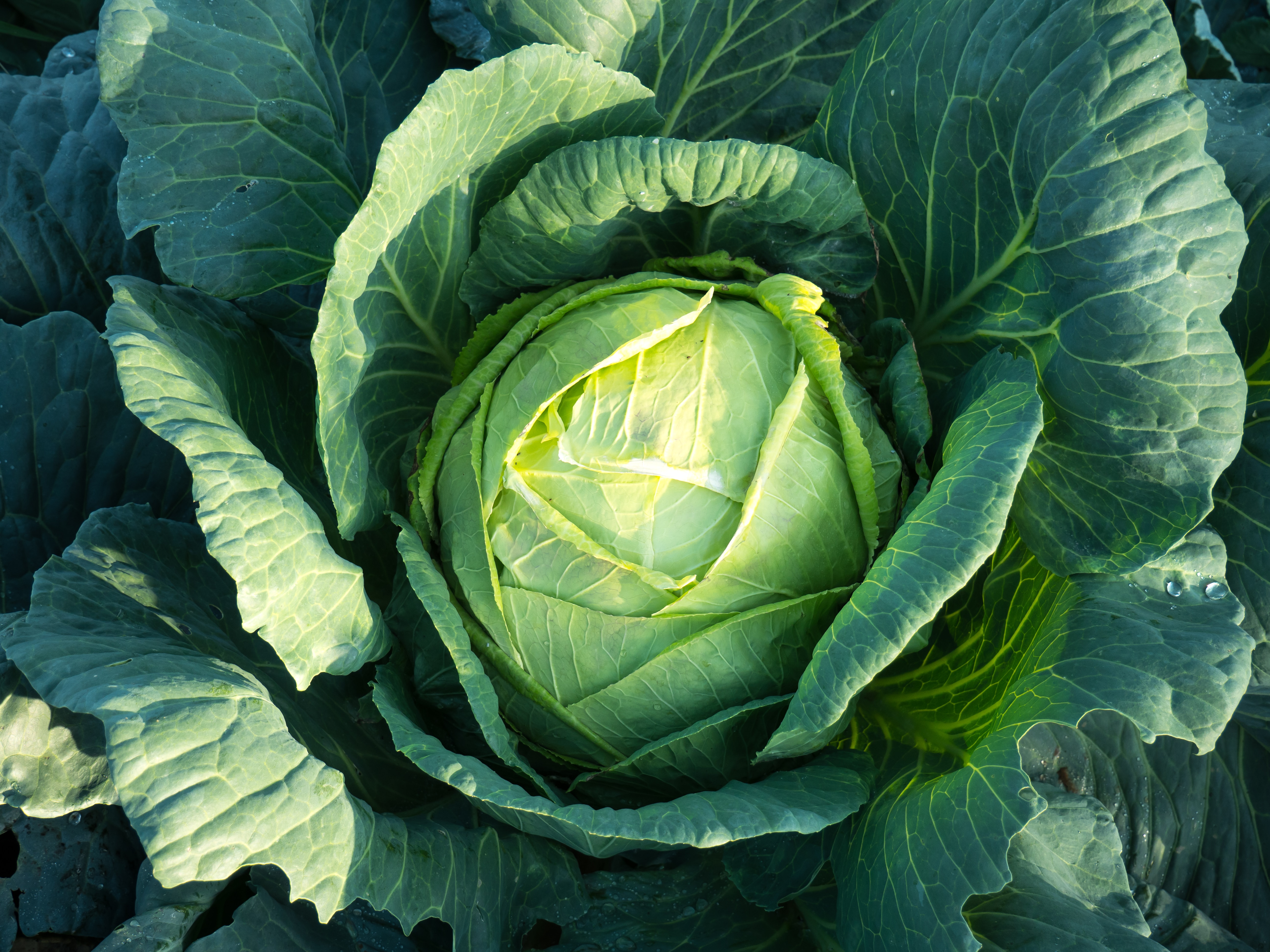
Cabbage
September - October
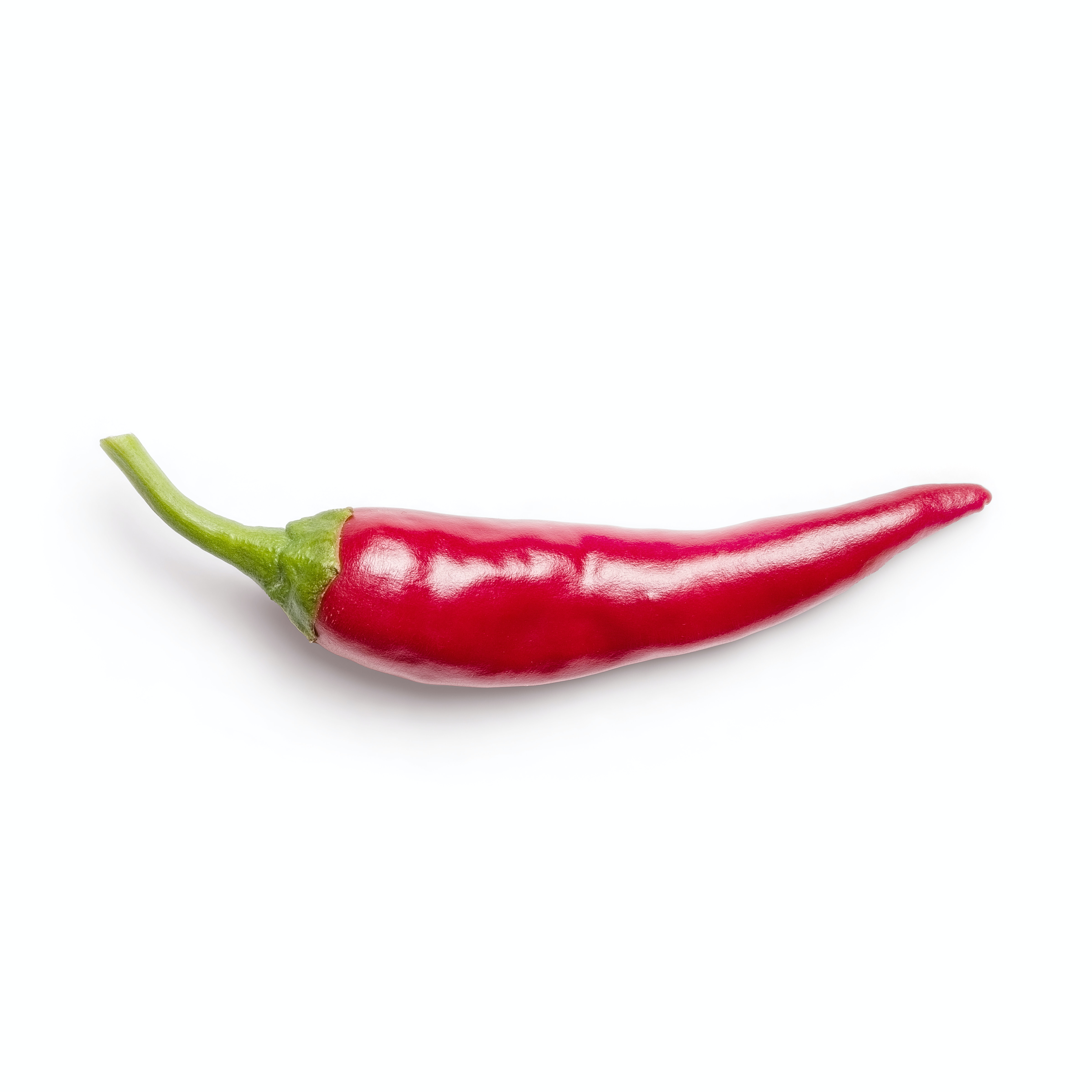
Pepper
September

Tomato
August - September

Eggplant
July - August
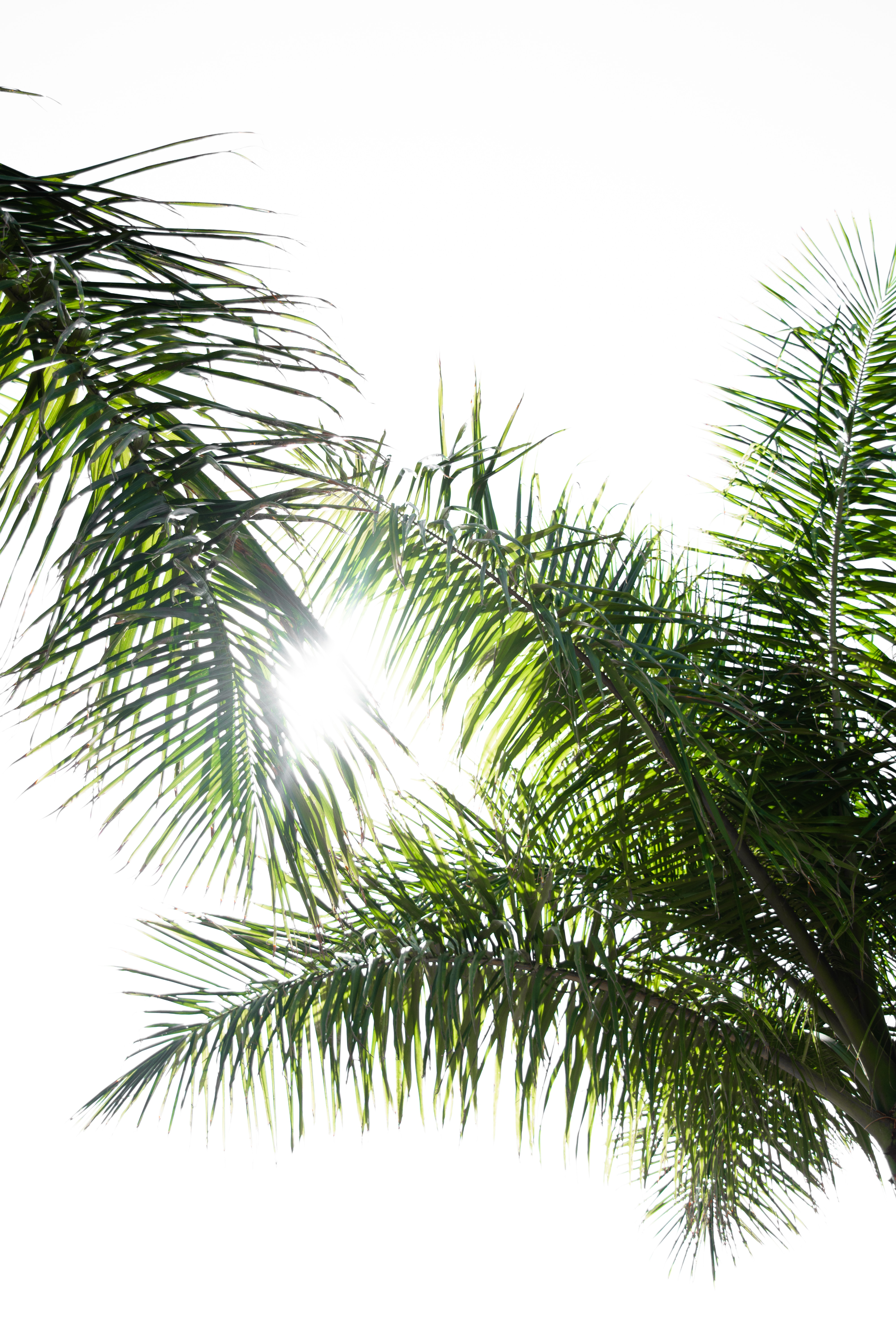
January
JanuaryAdding chemical fertilizers, such as Nitrophoska, at a rate of (1-2) kilograms based on the age and size of the tree. Watering should be done every 15 days (twice a month), considering the size, age of the tree, and weather conditions when estimating the amount of water added. The first preventive spray against leaf miners and budworms should be conducted, followed by a second spray after 20 days from the first spray.

February
FebruaryAdd 1 kilogram of urea fertilizer for mature trees, reducing the amount for smaller trees based on their size, age, and the size of the root zone. Continue watering every 15 days. Collect mature male inflorescences and store them in a suitable place until needed. It is preferable to collect them from males that are at least 5 years old. Perform the pollination process for early varieties, and it's possible to conduct the thinning process during pollination by removing some of the male flower branches or cutting a part of them.

March
MarchTo perform the pollination process for most date palm varieties. To separate the offshoots, plant them, and transfer mature trees from one location to another. To irrigate every 7 days, taking care not to waste water during the pollination period and fruit formation. It is sufficient to keep the soil moist with water. The first preventive spray against date palm midges should be conducted one week after pollination, followed by a second spray after 20 days from the first spray.

April
AprilAdd chemical fertilizers, such as Nitrophoska, at a rate of (1-2) kilograms, depending on the size, age, and productivity capacity of the plants. Continue the process of pollination for late varieties, and conduct the thinning process. Also, continue with the preventive spraying for leafhoppers after 7 days from pollination. Irrigate every 7 days, considering increasing the frequency of watering when there are changes in weather conditions and higher temperatures
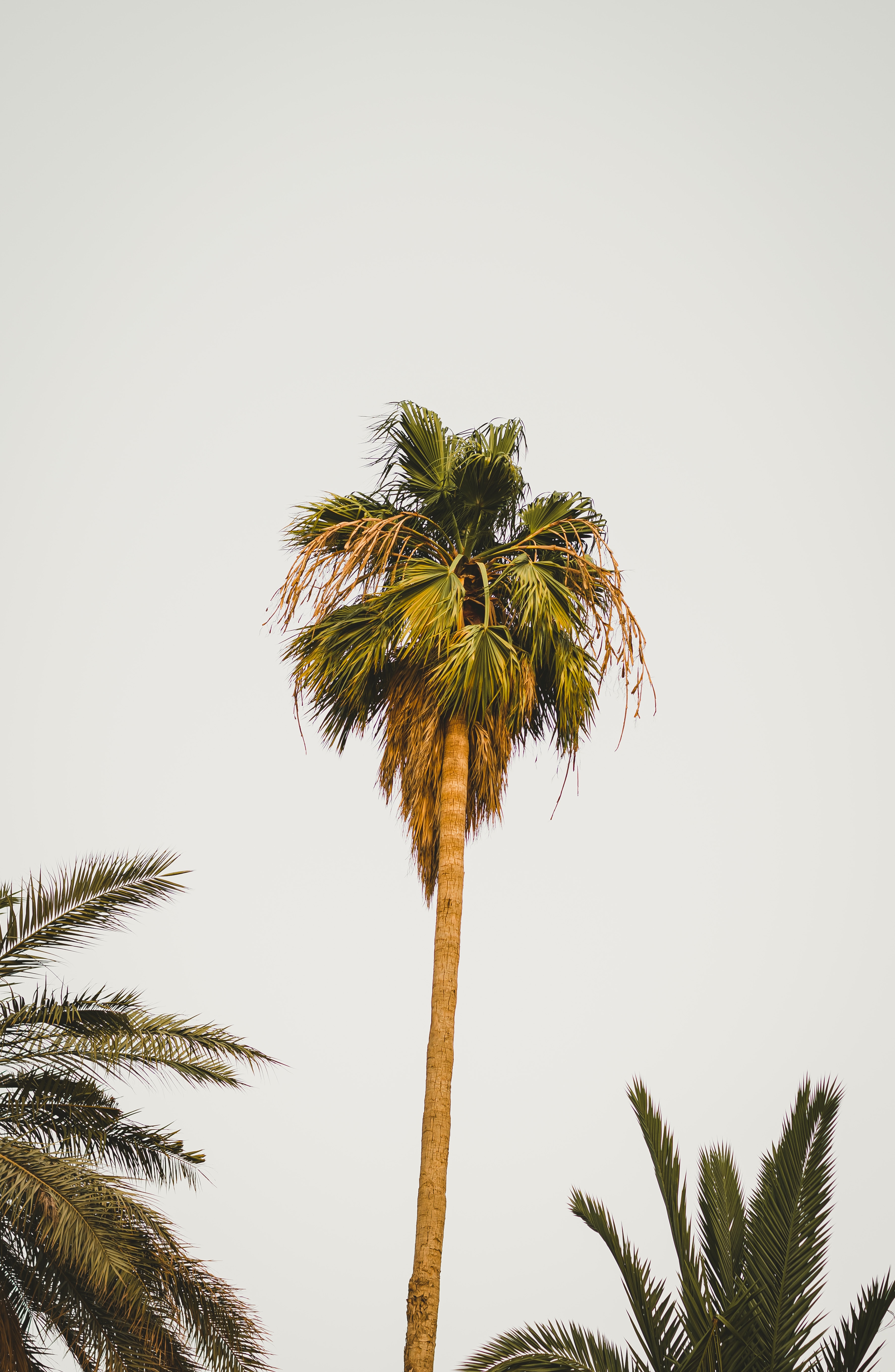
May
MayContinue the process of thinning the fruit clusters for trees that have not been thinned before. Perform fruit bunch tying, ensuring an even distribution of the load on the tree. Also, conduct the fruit bunch bagging. The first spray for spider prevention should be done before bagging, followed by a second spray after 20 days. Water the trees every 5 days, increasing the frequency of watering during hot weather. Fertilize with compound chemical fertilizers (such as Nitrophoska) at a rate of (1-2) kilograms, depending on the size and age of the tree.

June
JuneContinue spraying to prevent spiders. Water the plants every 5 days, reducing the interval between each watering session for smaller basins, while avoiding excessive watering.

July
JulyTo begin harvesting the crop for both early and late varieties. Water the crops every 3 days, preferably in the early morning.

August
AugustTo begin harvesting the crop for both early and late varieties. Water the crops every 3 days, preferably in the early morning.

September
SeptemberTo begin harvesting the crop for both early and late varieties. Water the crops every 3 days, preferably in the early morning.

October
OctoberPruning offshoots, planting them, and relocating mature trees from one place to another. Perform the process of debudding by removing dry fronds and thorns from the new fronds. Clean the tree from any remaining date residues between the fronds and on the trunk. Apply a chemical fertilizer (Nitrophoska) to compensate the date palm for the nutrients lost during fruiting. Water the tree once a week, and every 3 days if the root zone is not wide enough, adjusting the frequency according to the size and age of the tree.

November
NovemberContinuing the process of pruning and cleaning. Add well-fermented and sterilized organic fertilizer at a rate of (50-75) kilograms per mature tree, mixing it thoroughly with the soil. Watering should be done every 15 days (twice a month), and the frequency of watering should be increased if the tree's root zone is not wide enough.

December
DecemberContinuing the application of well-fermented and sterilized organic fertilizers is beneficial for trees that have not been fertilized in November, at a rate of (50-75) kilograms per mature tree. Watering should be done every 15 days, and the amount of water should be estimated based on the size and age of the tree and the size of the basin (root zone).



